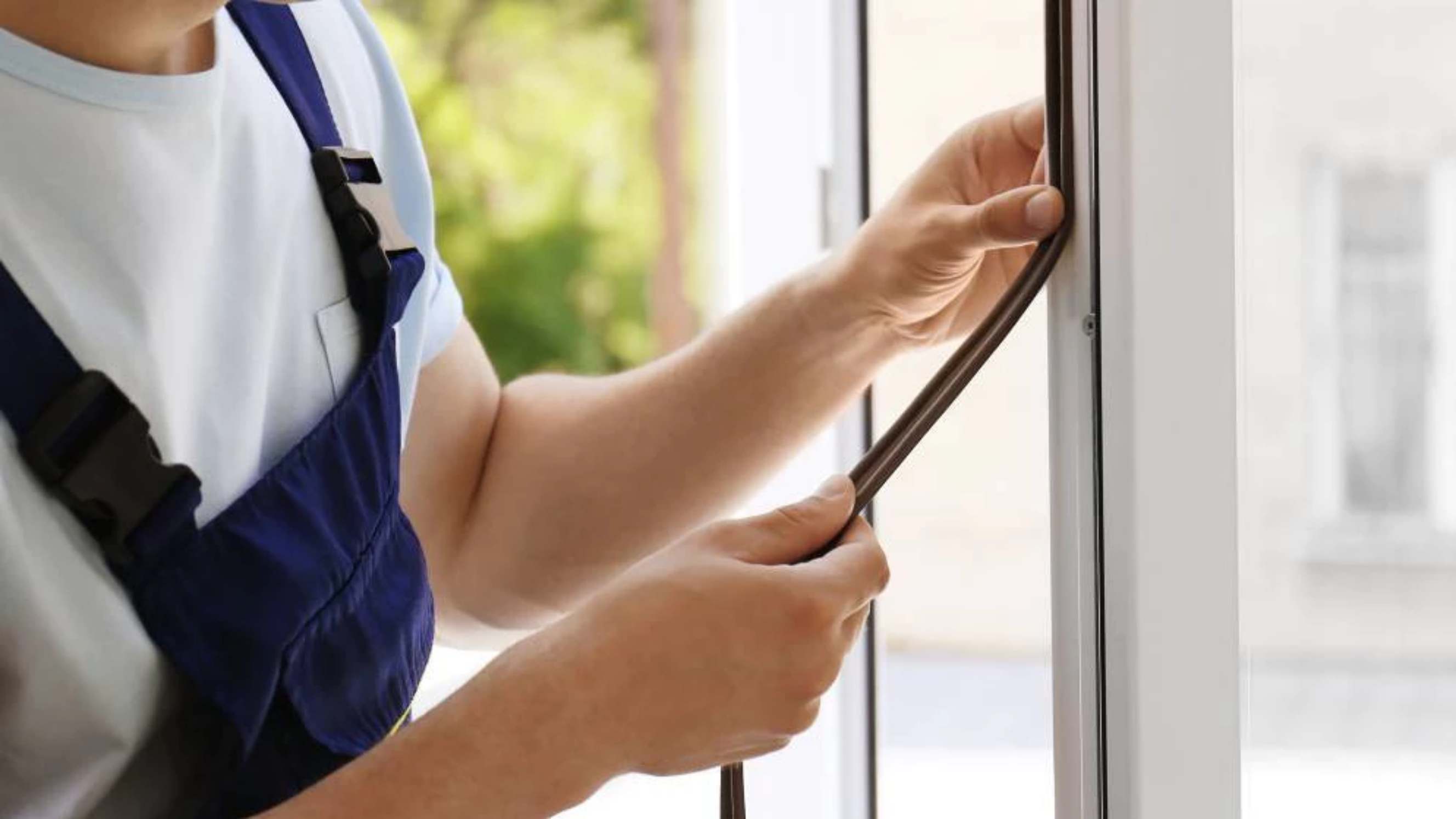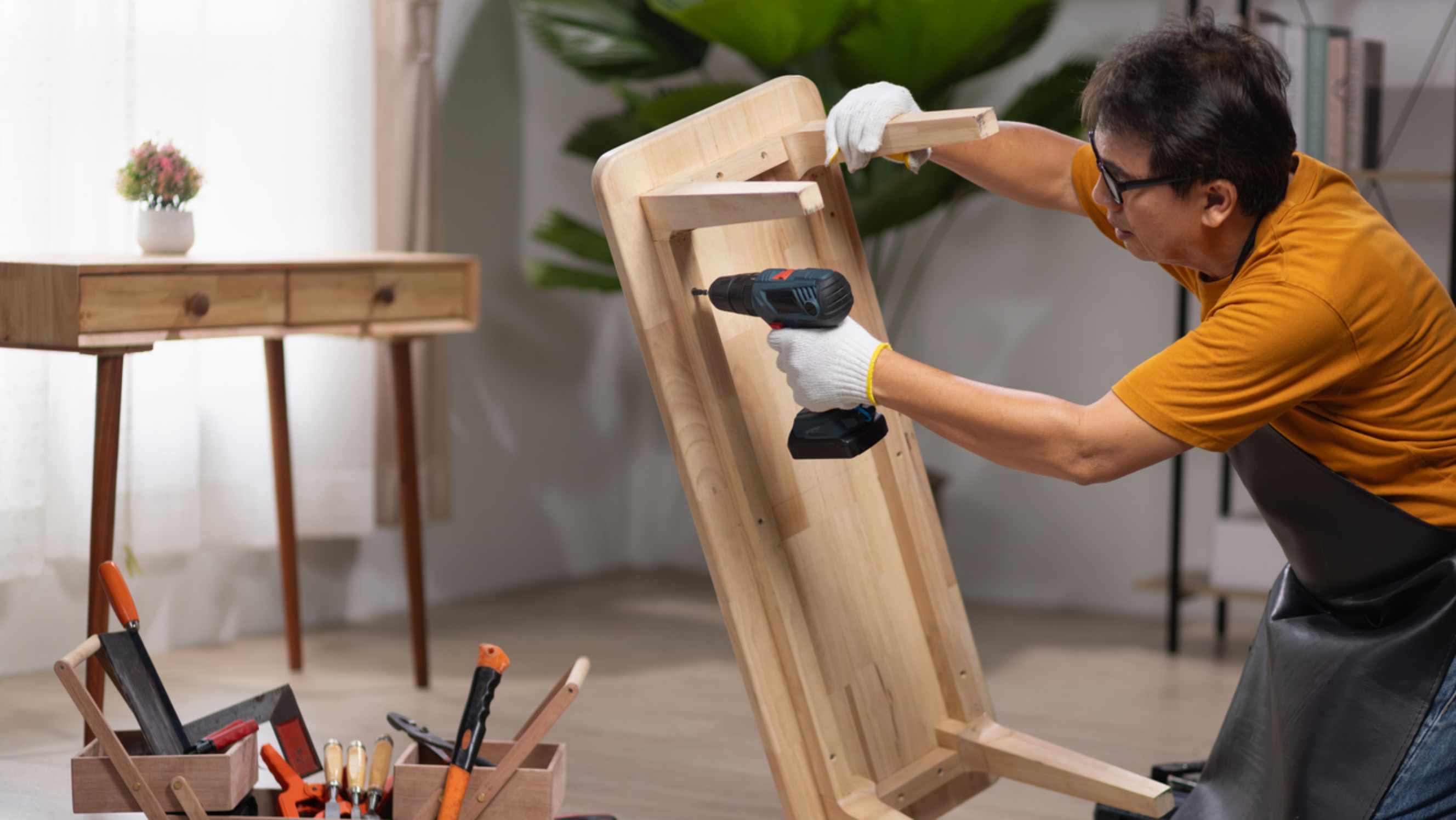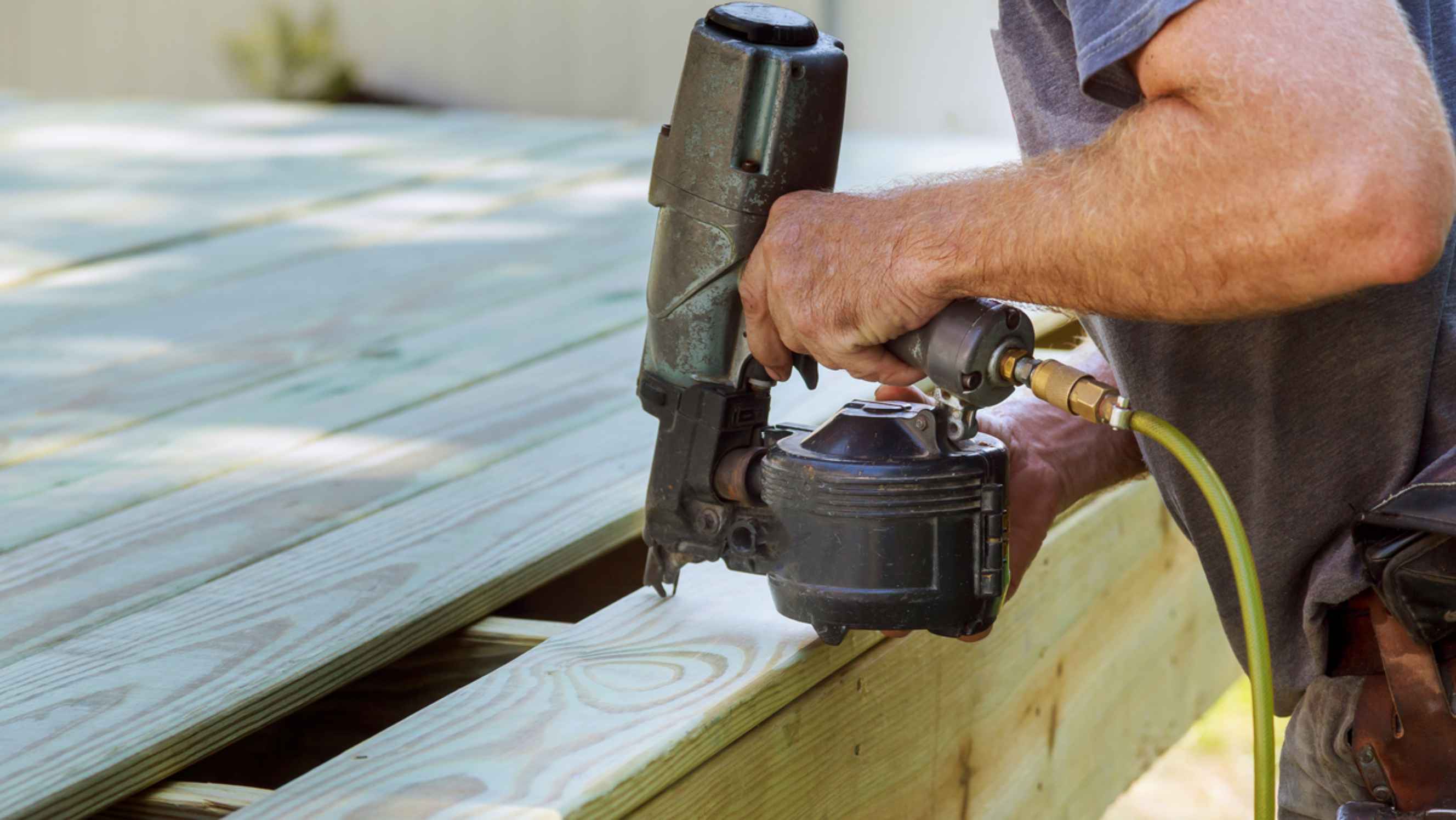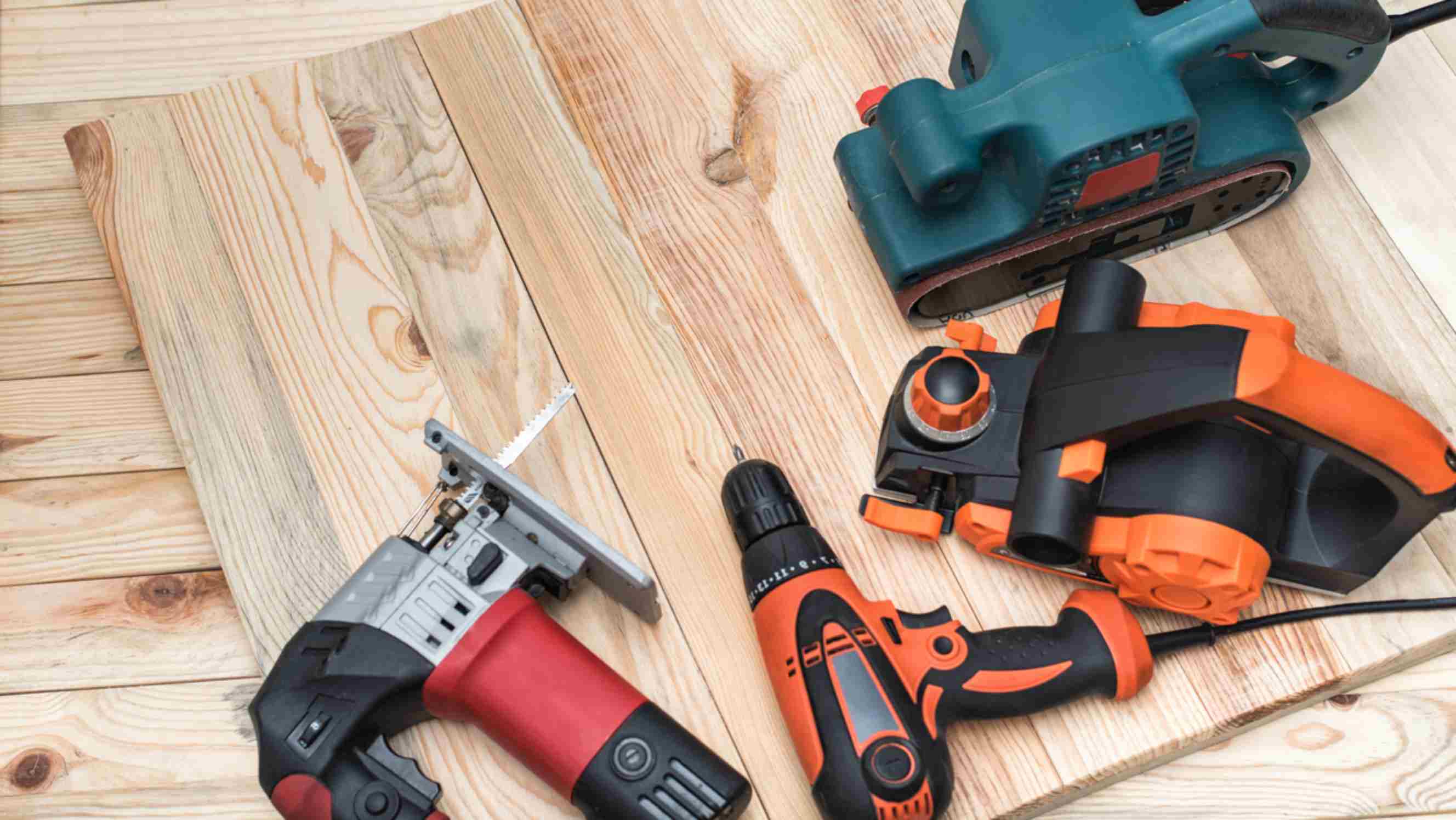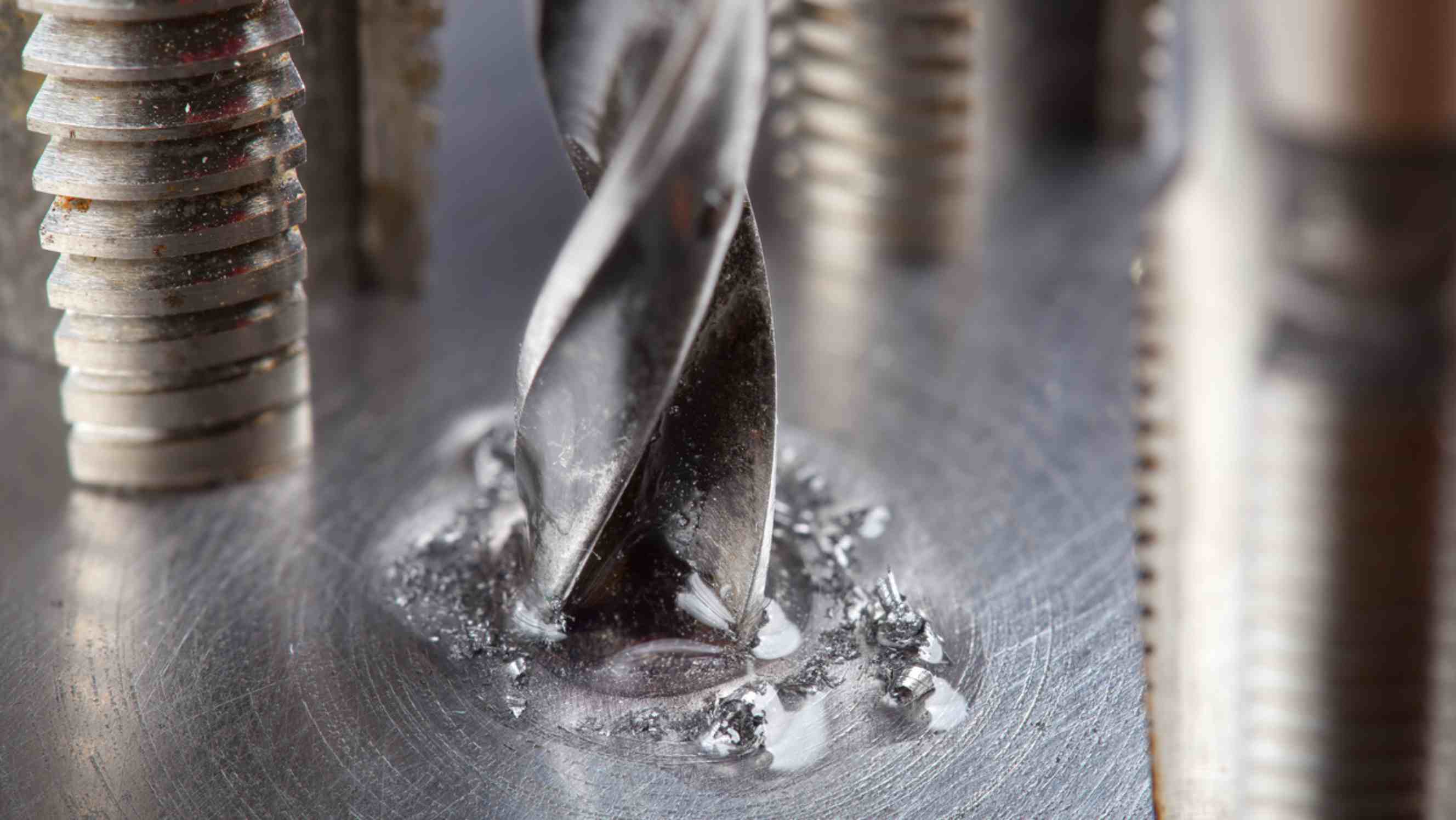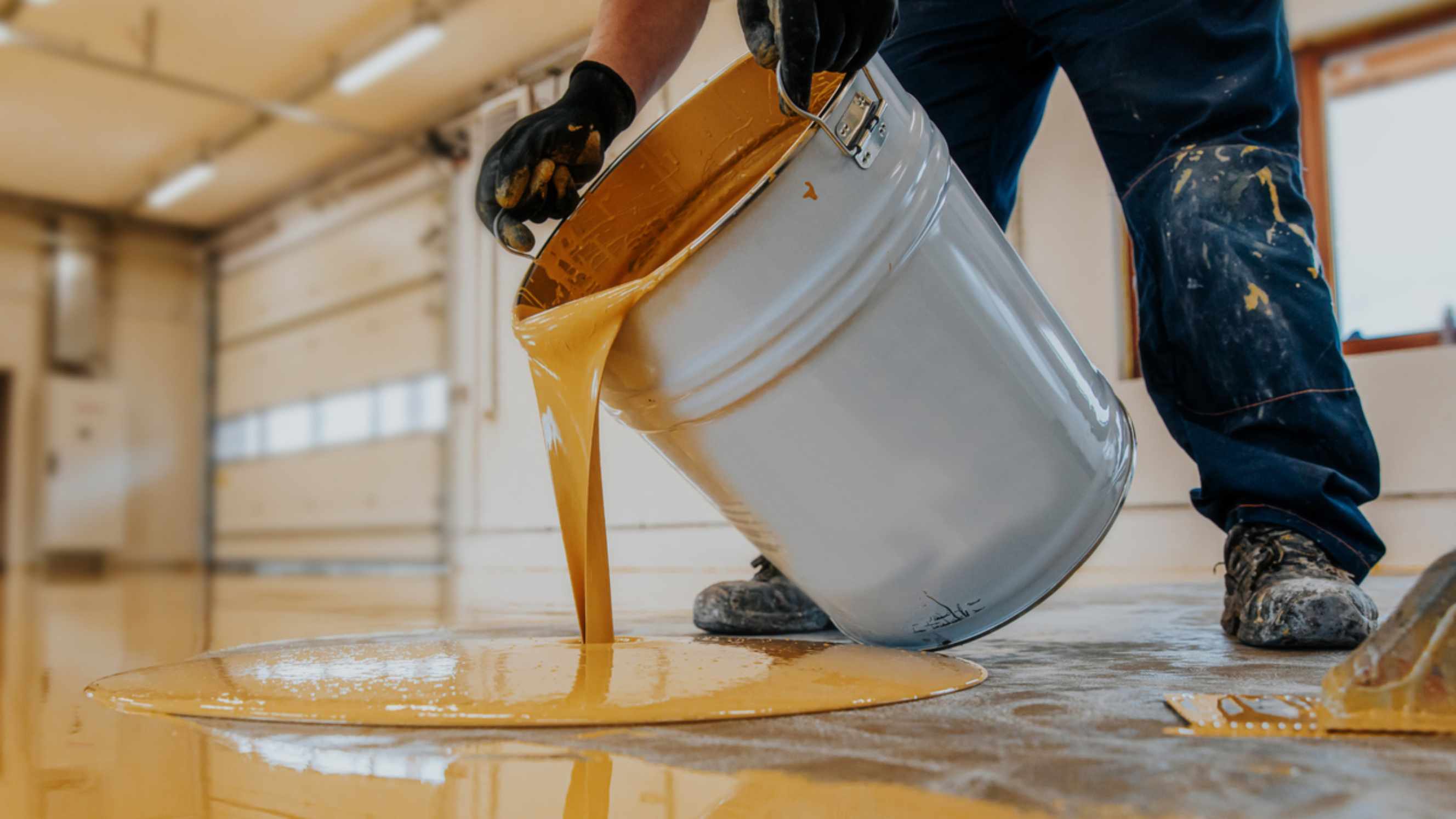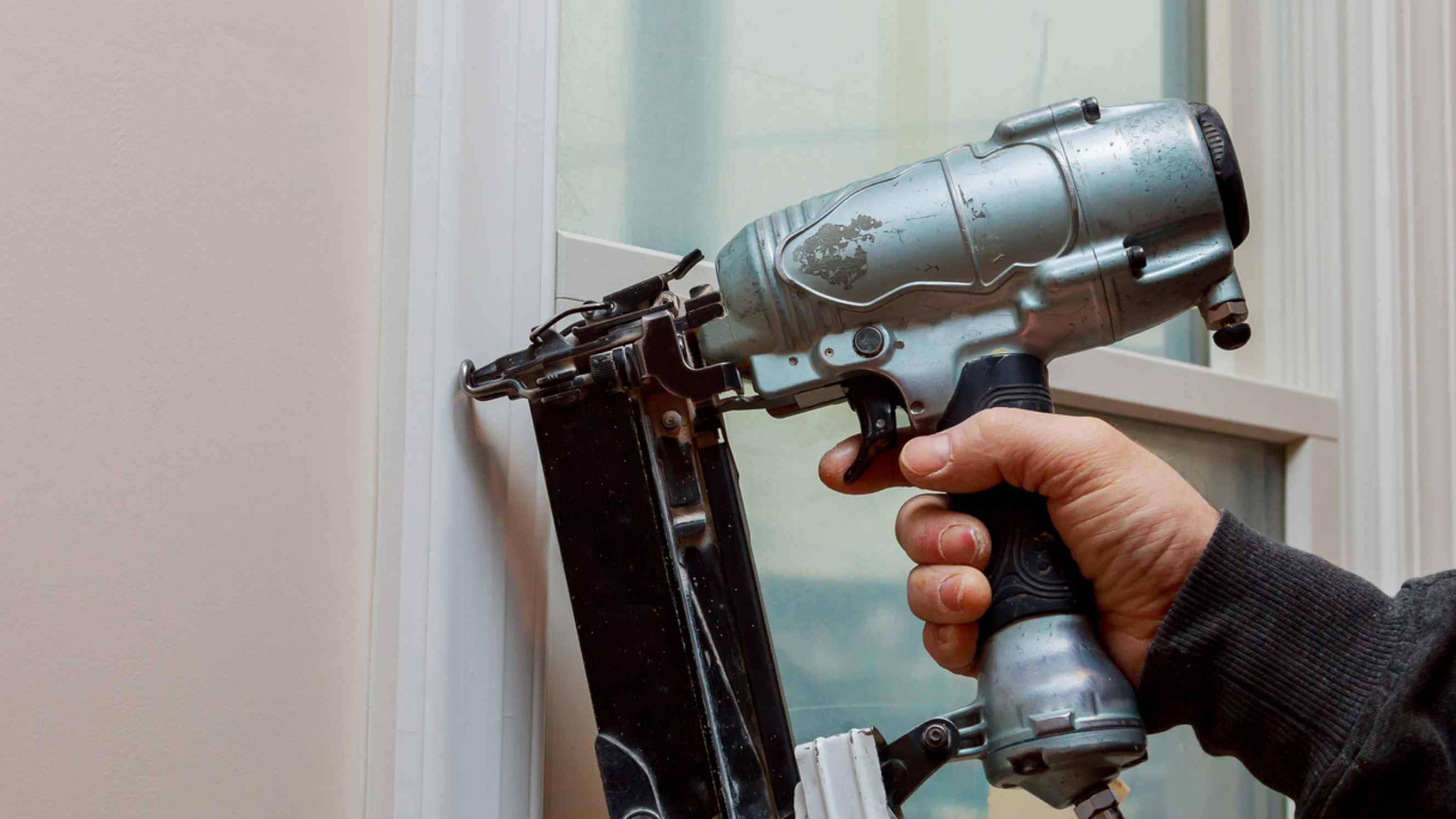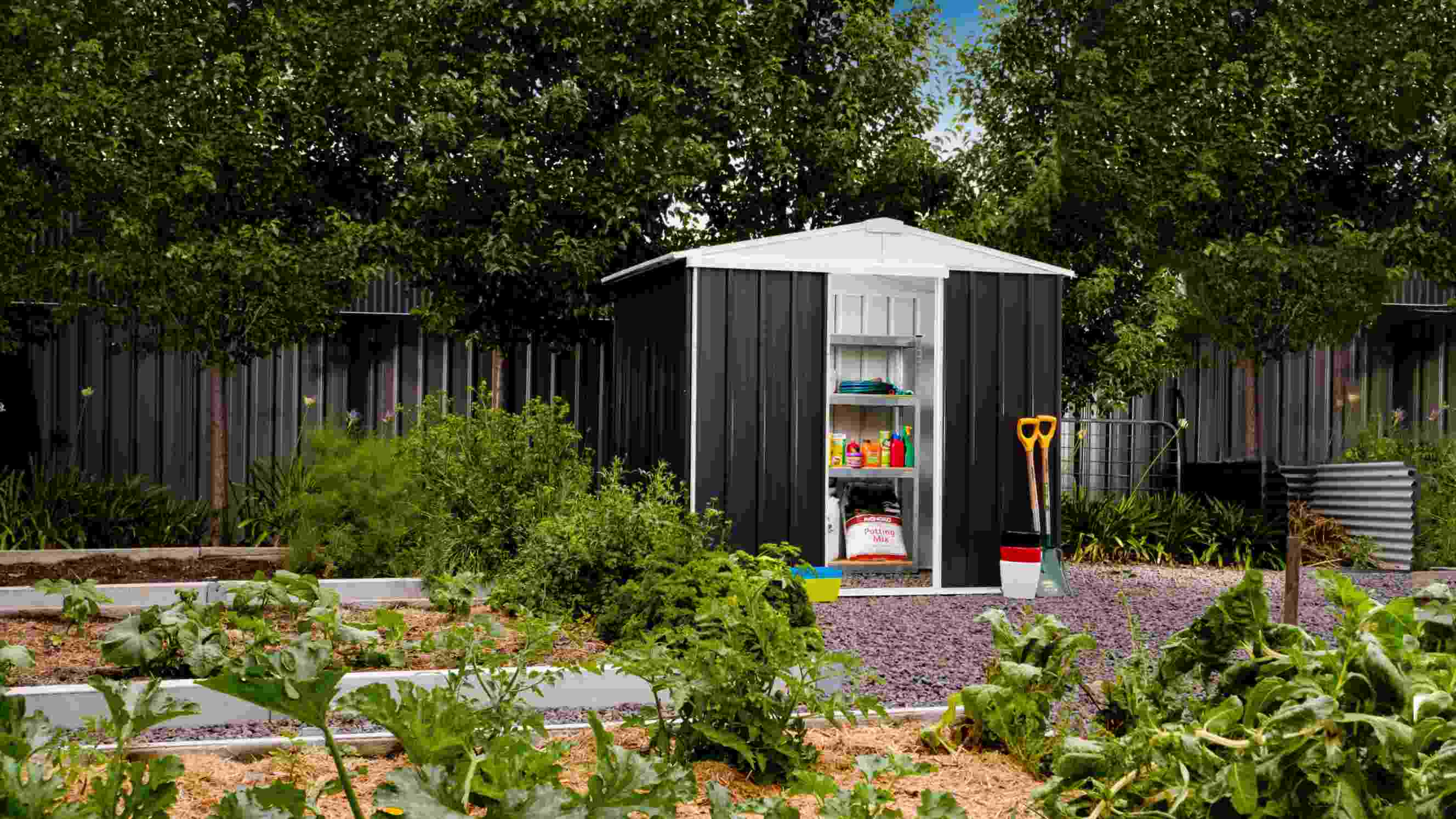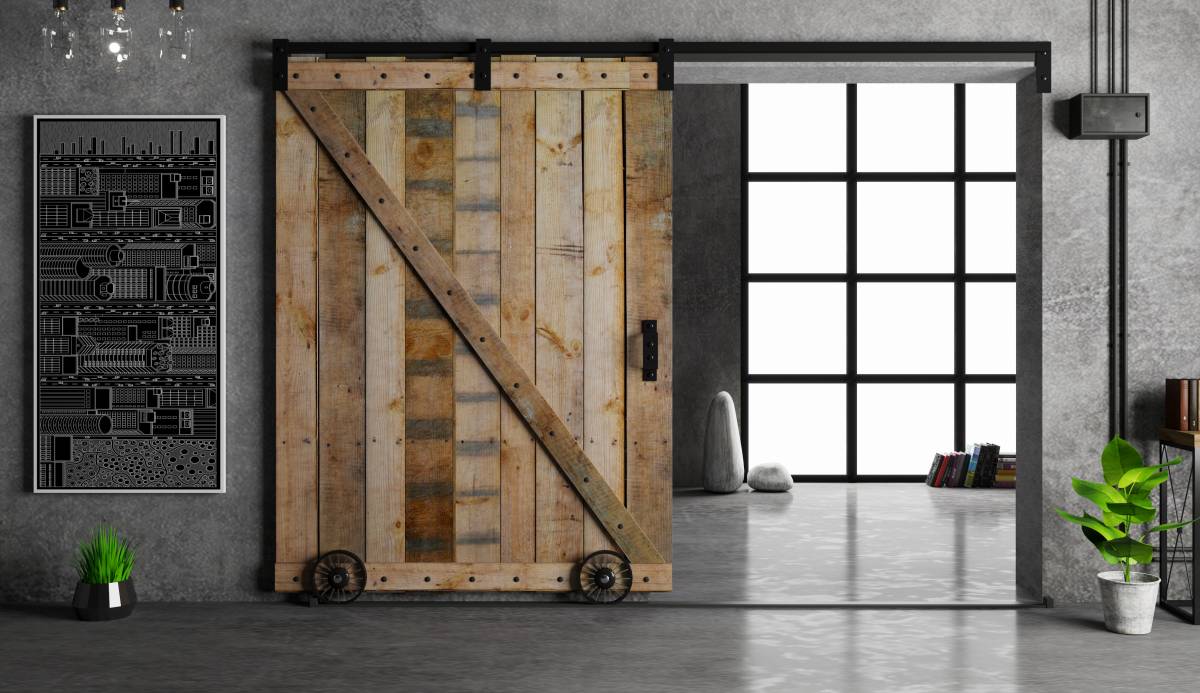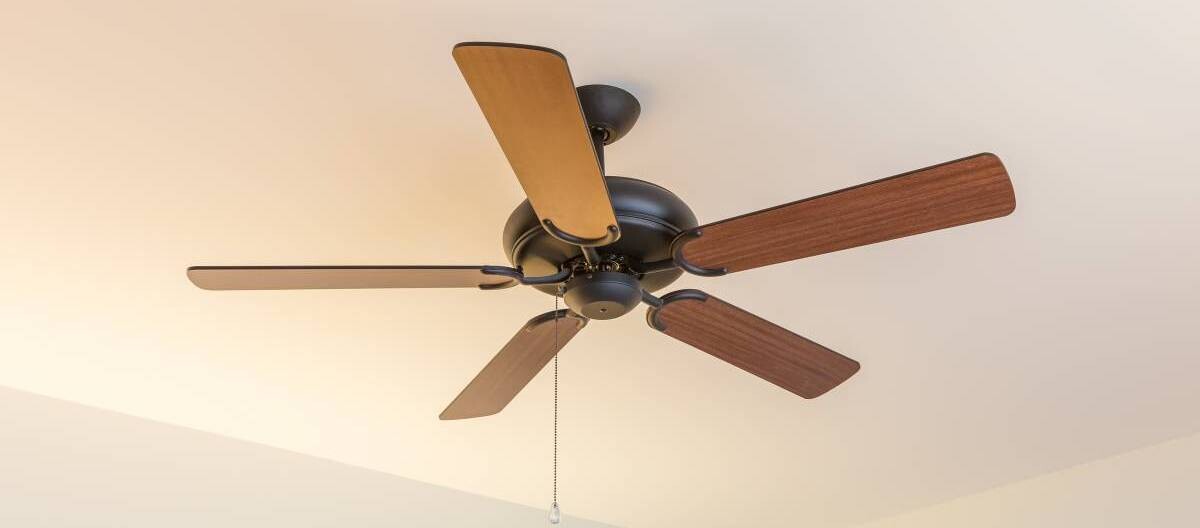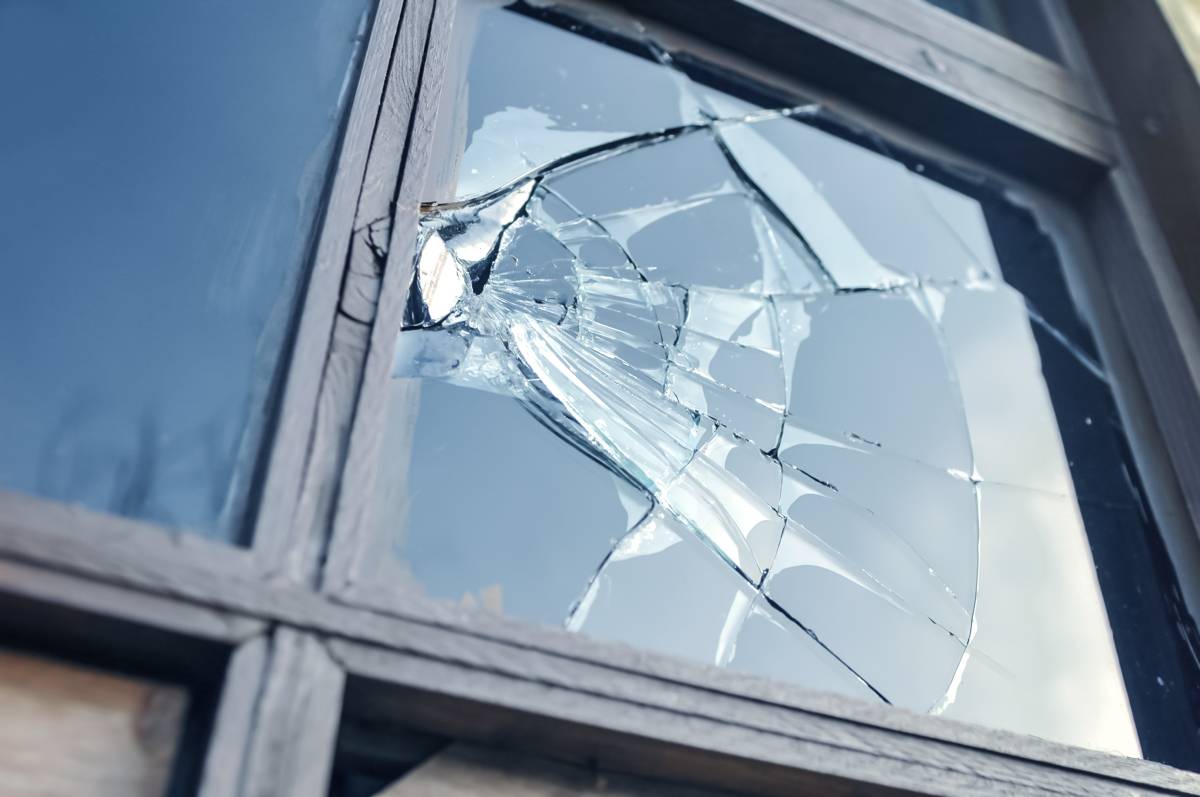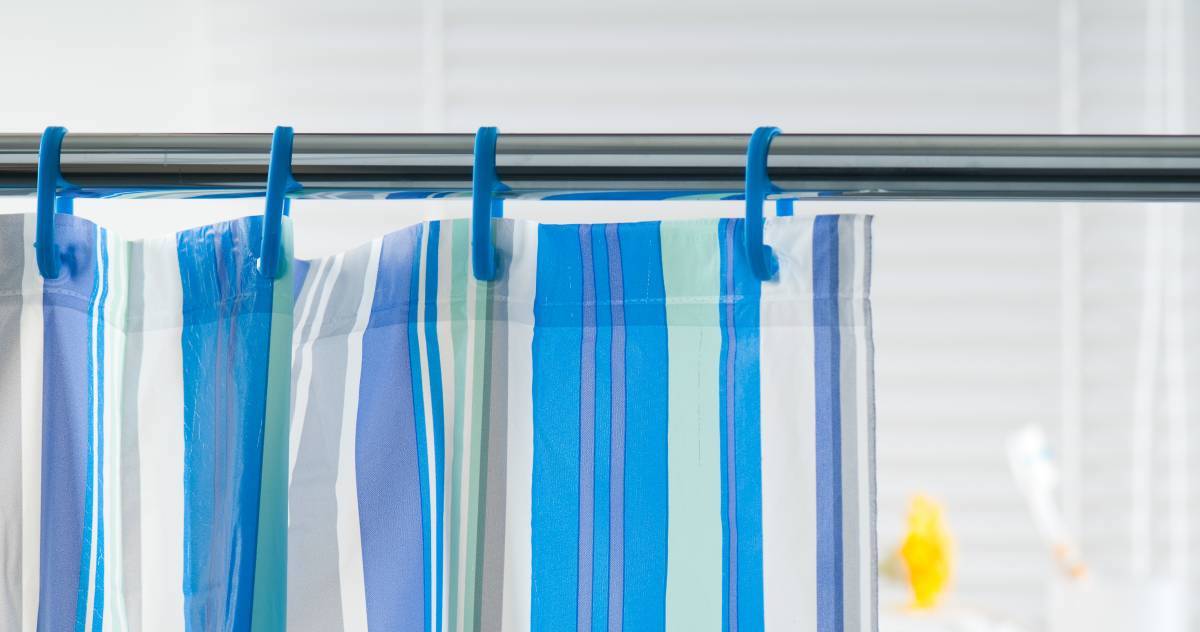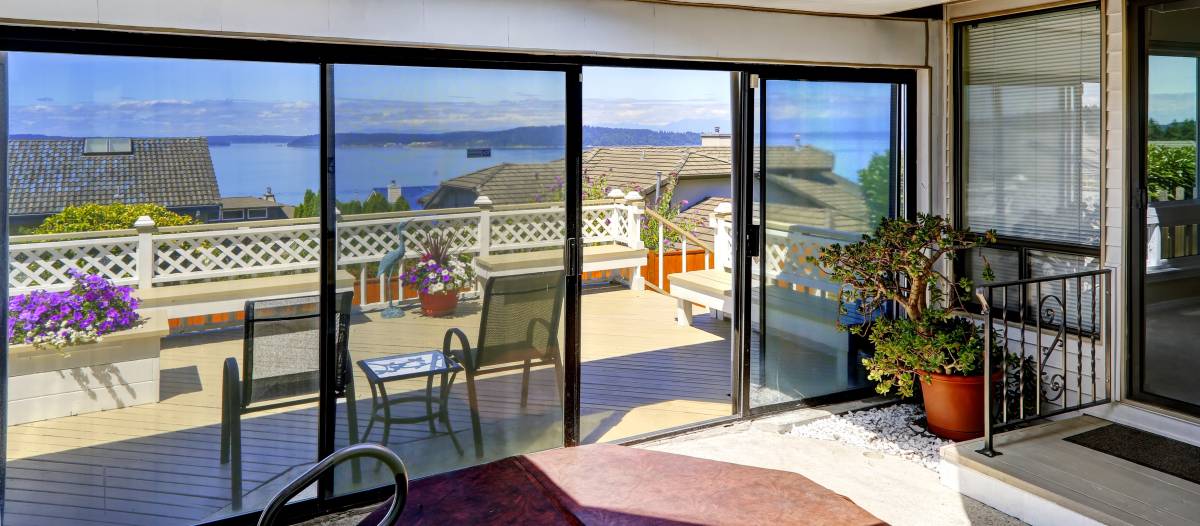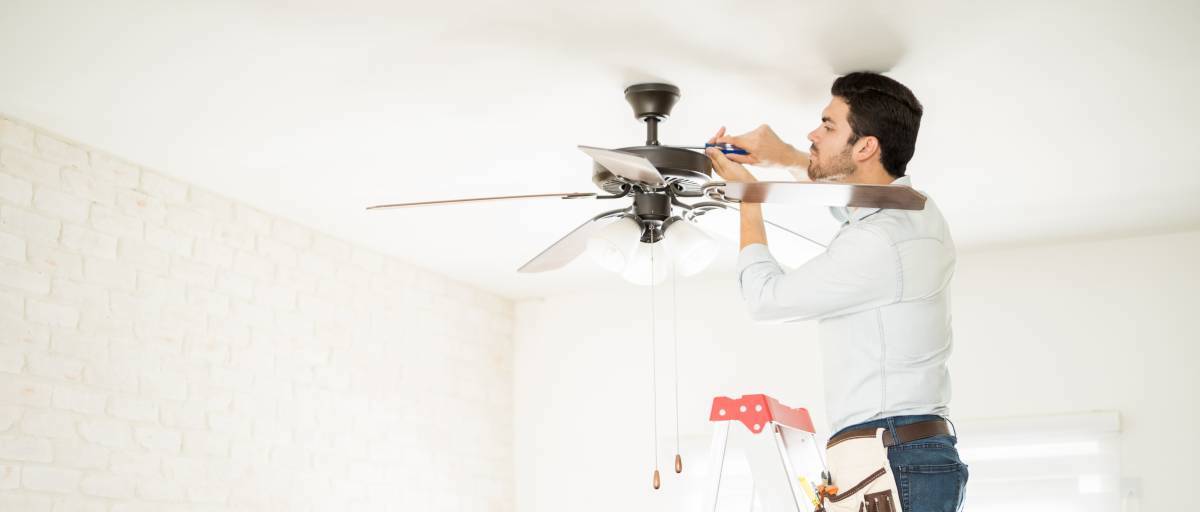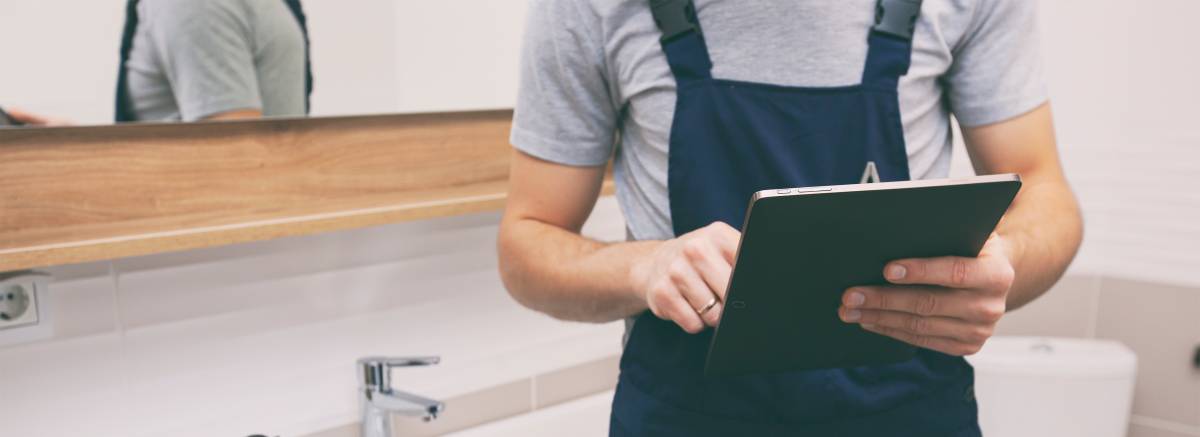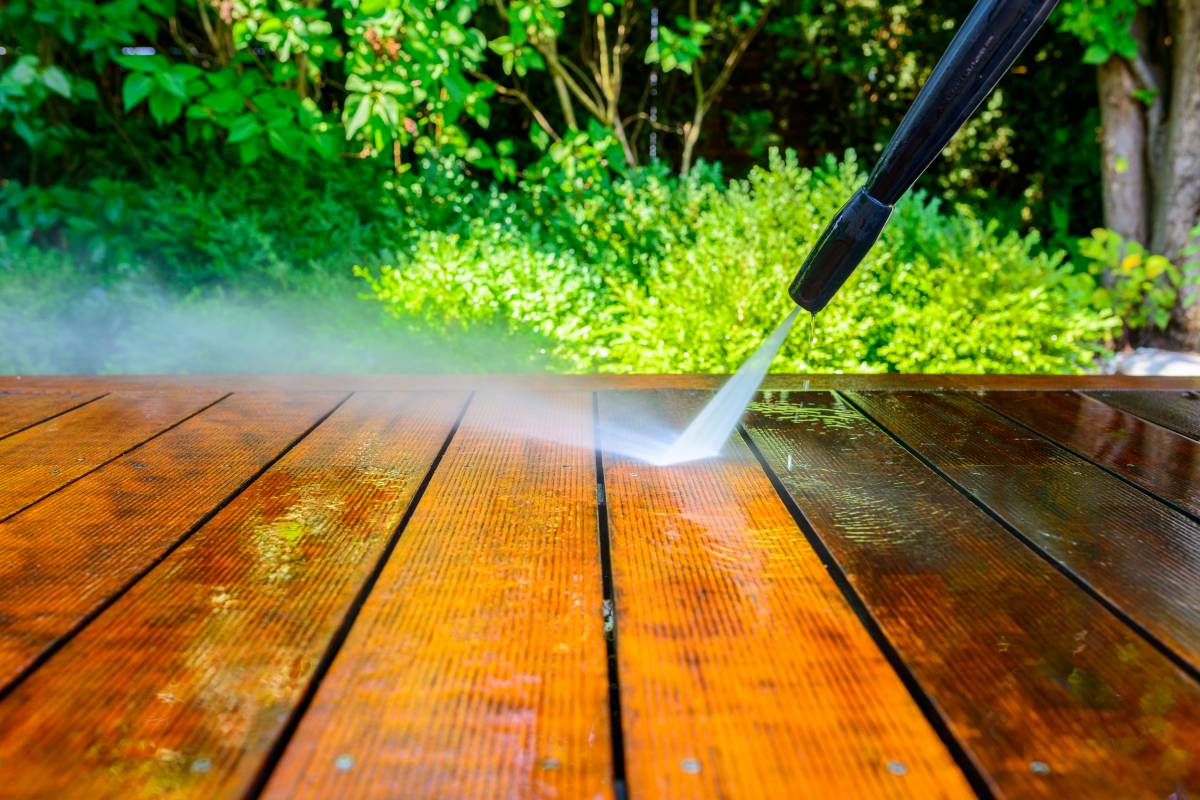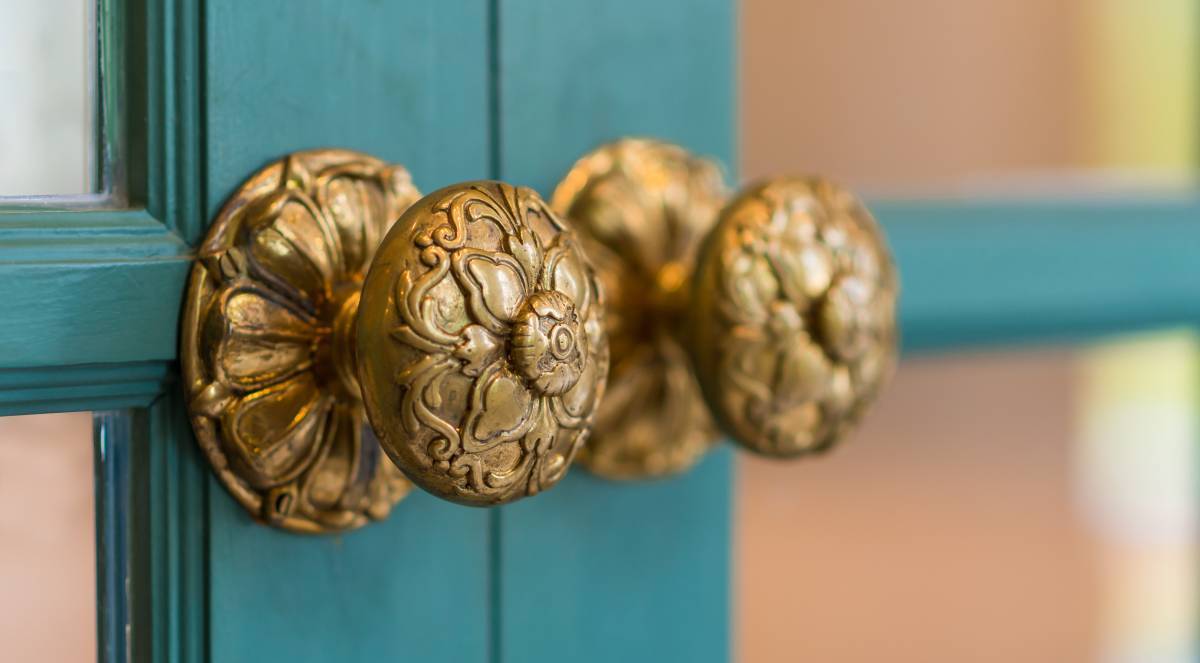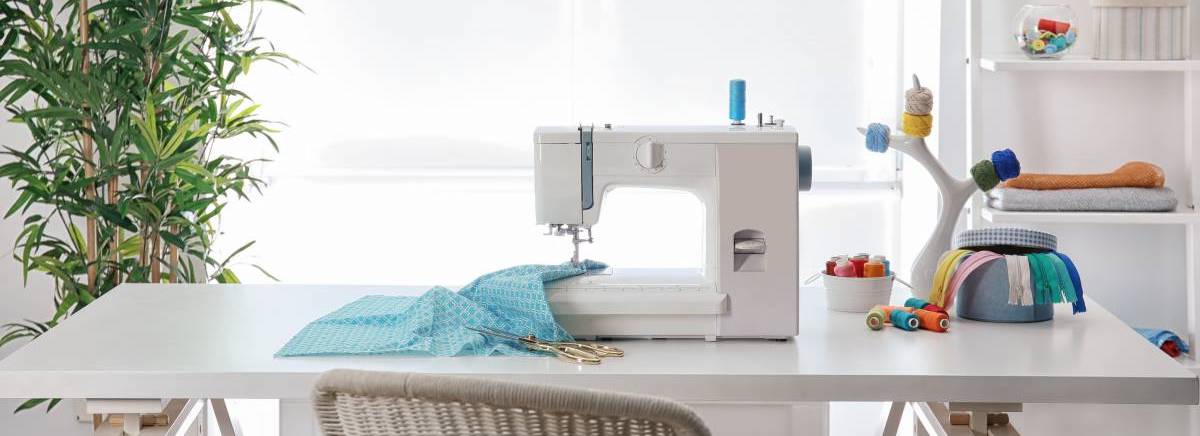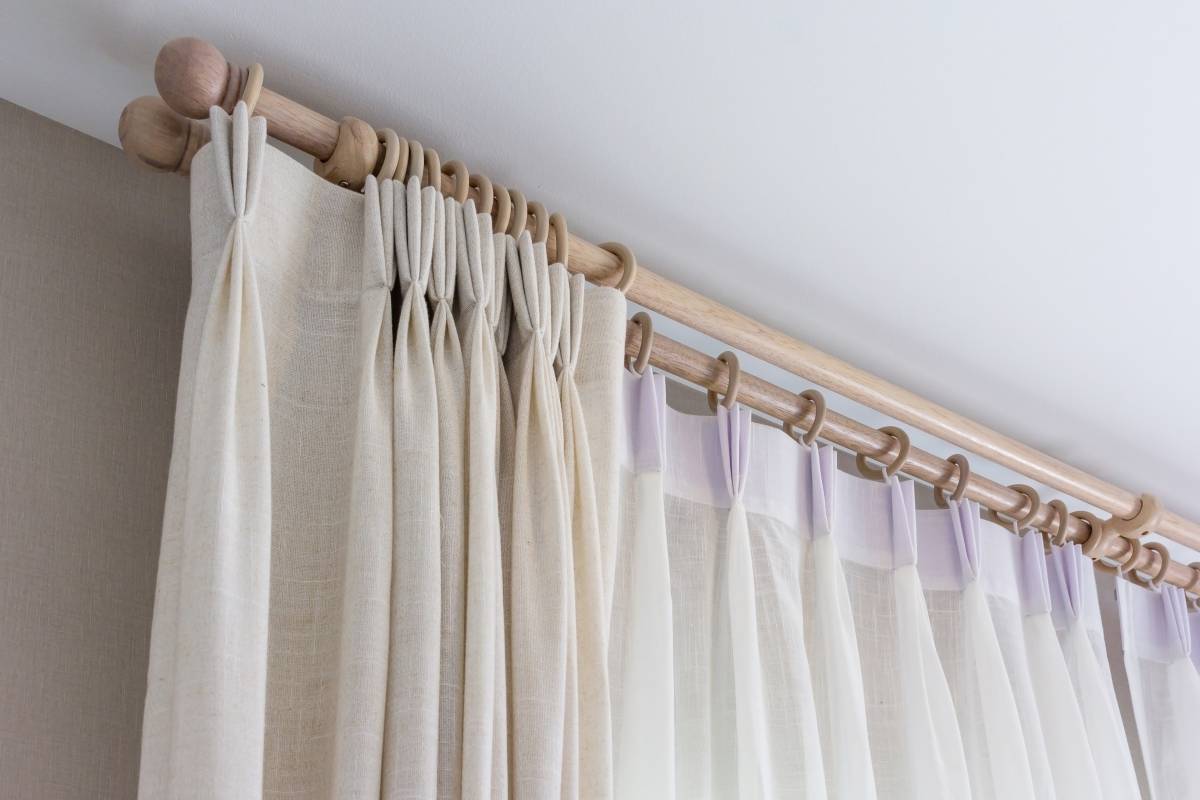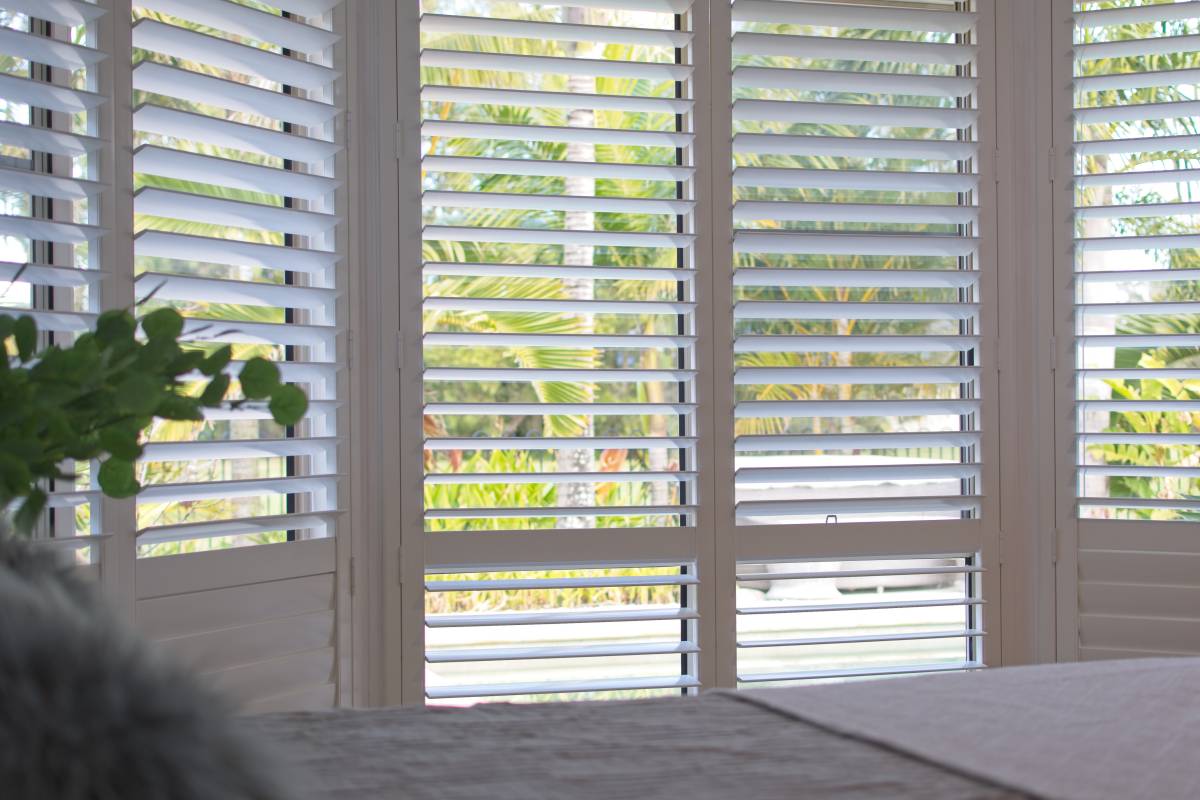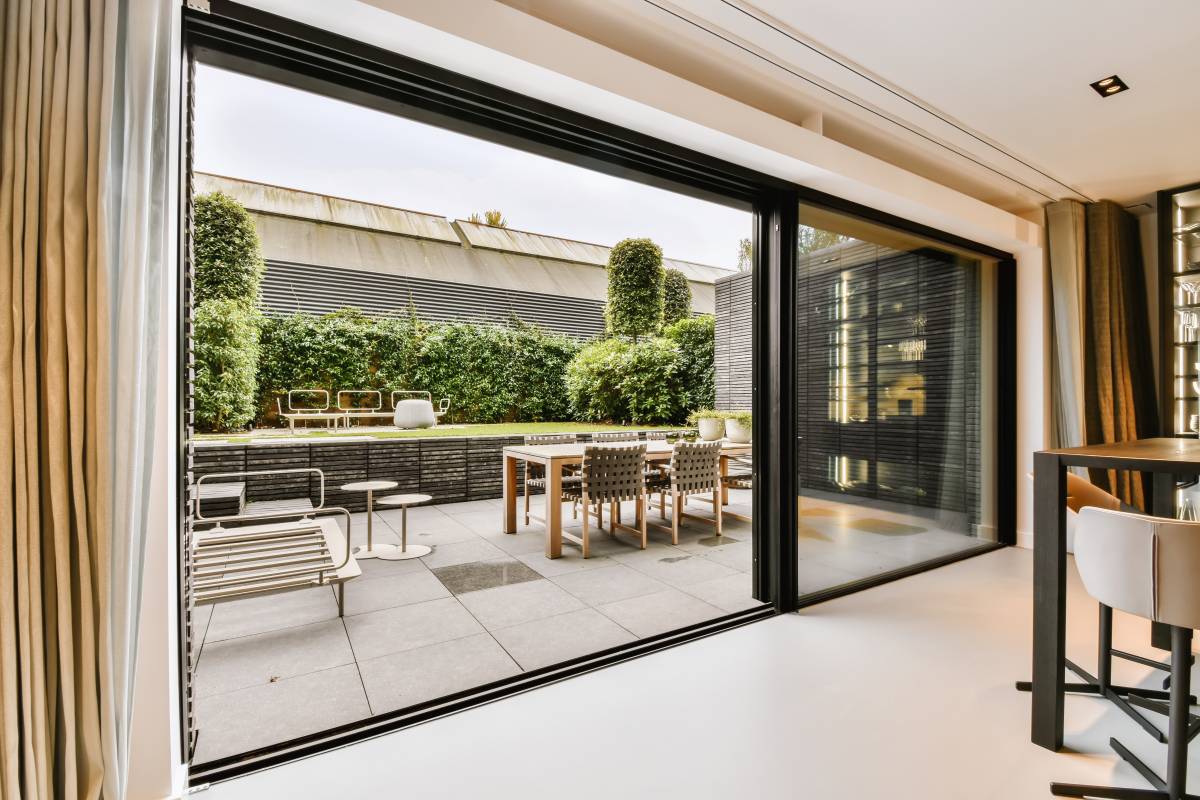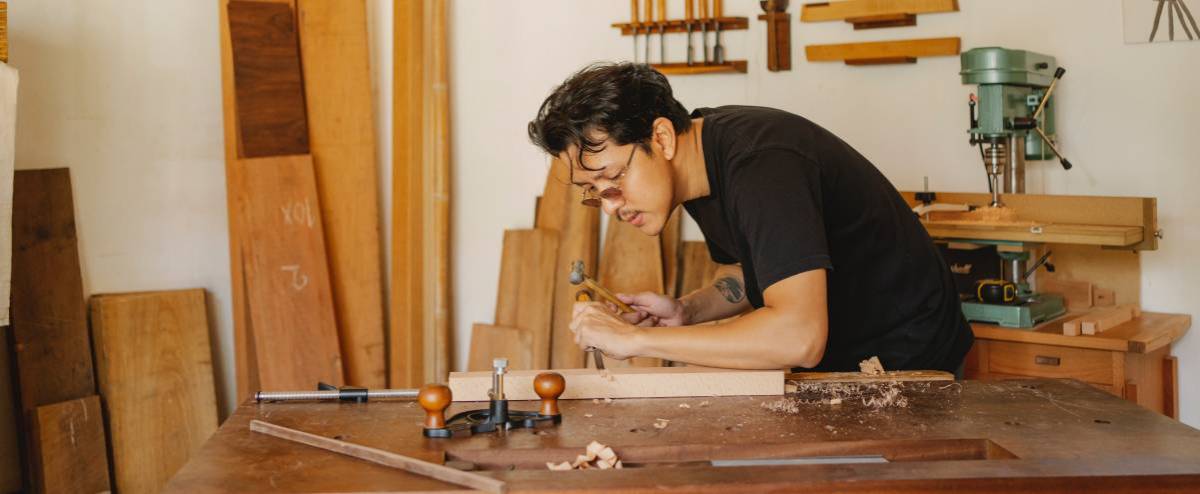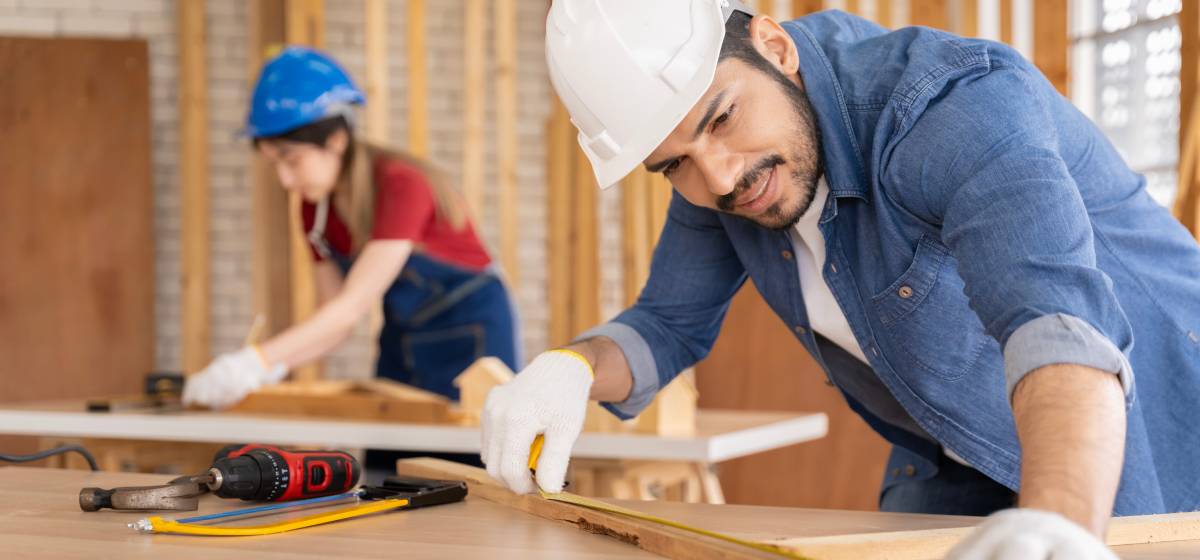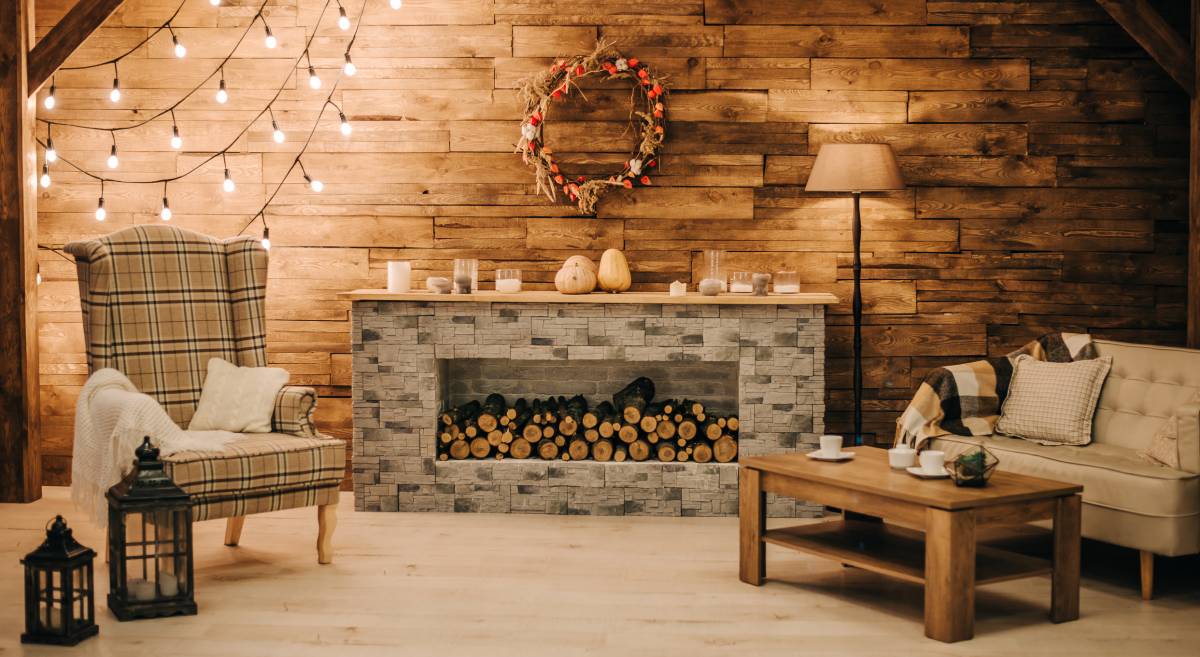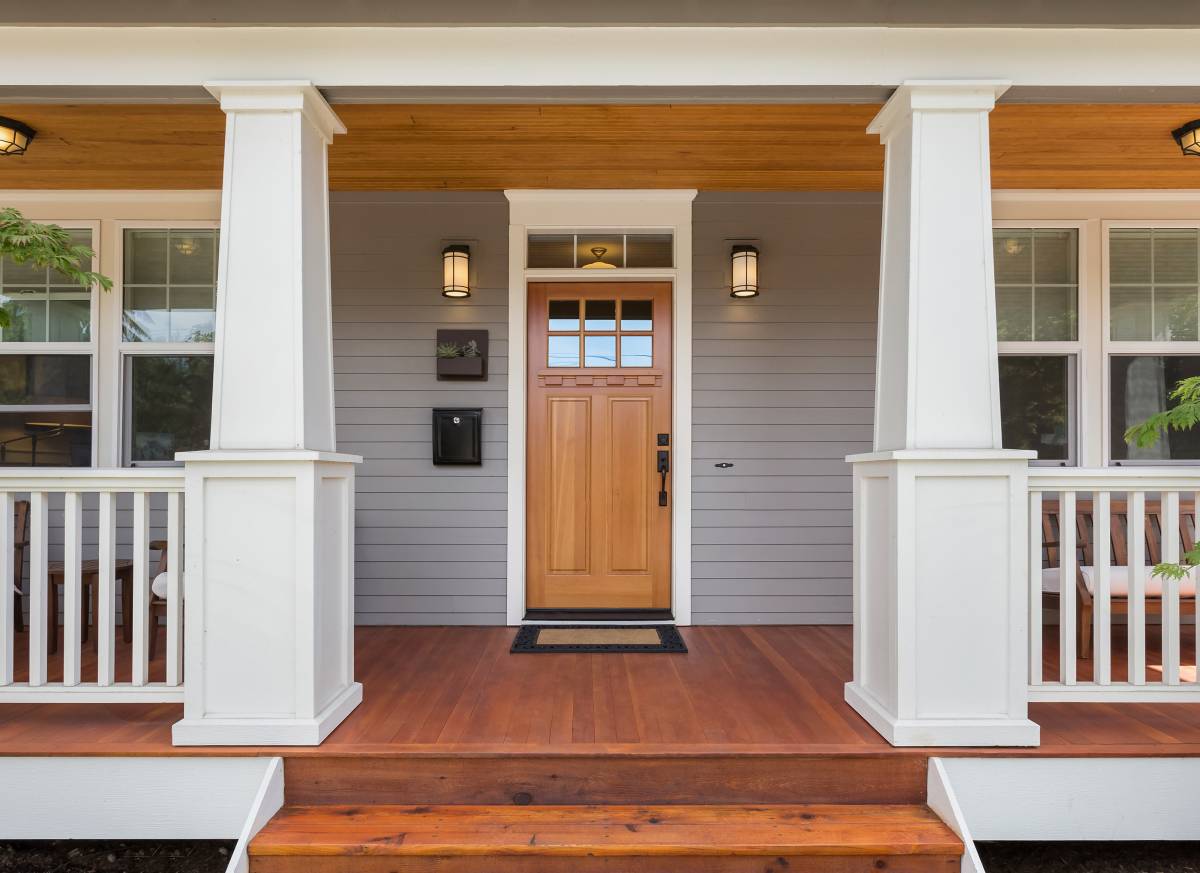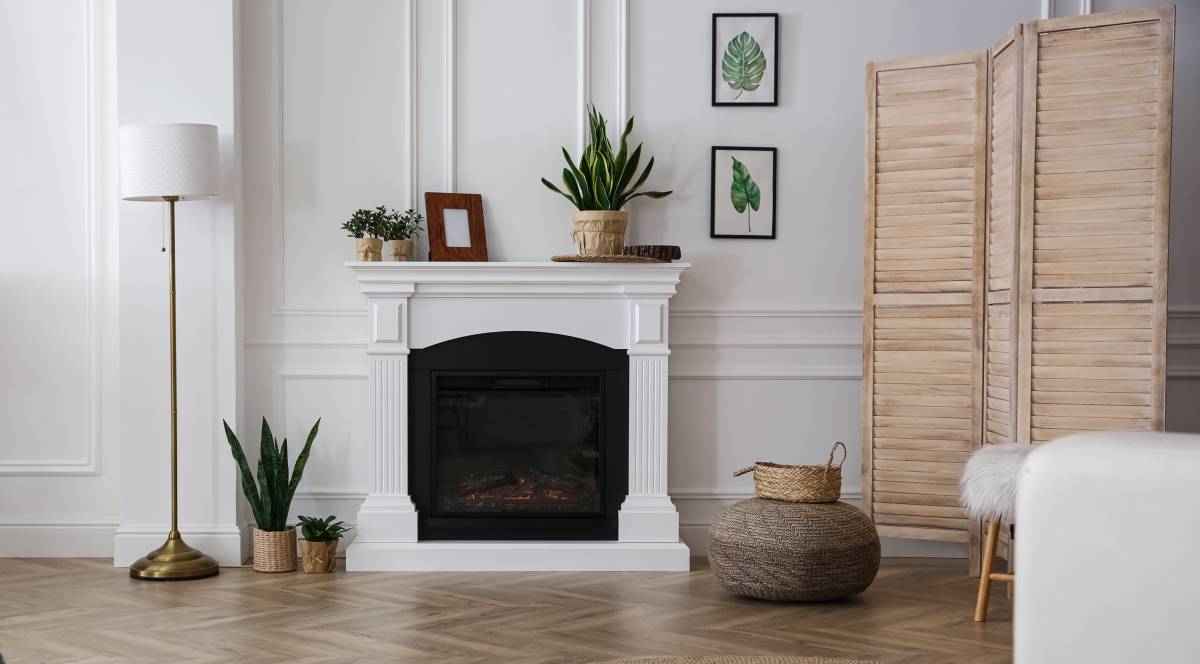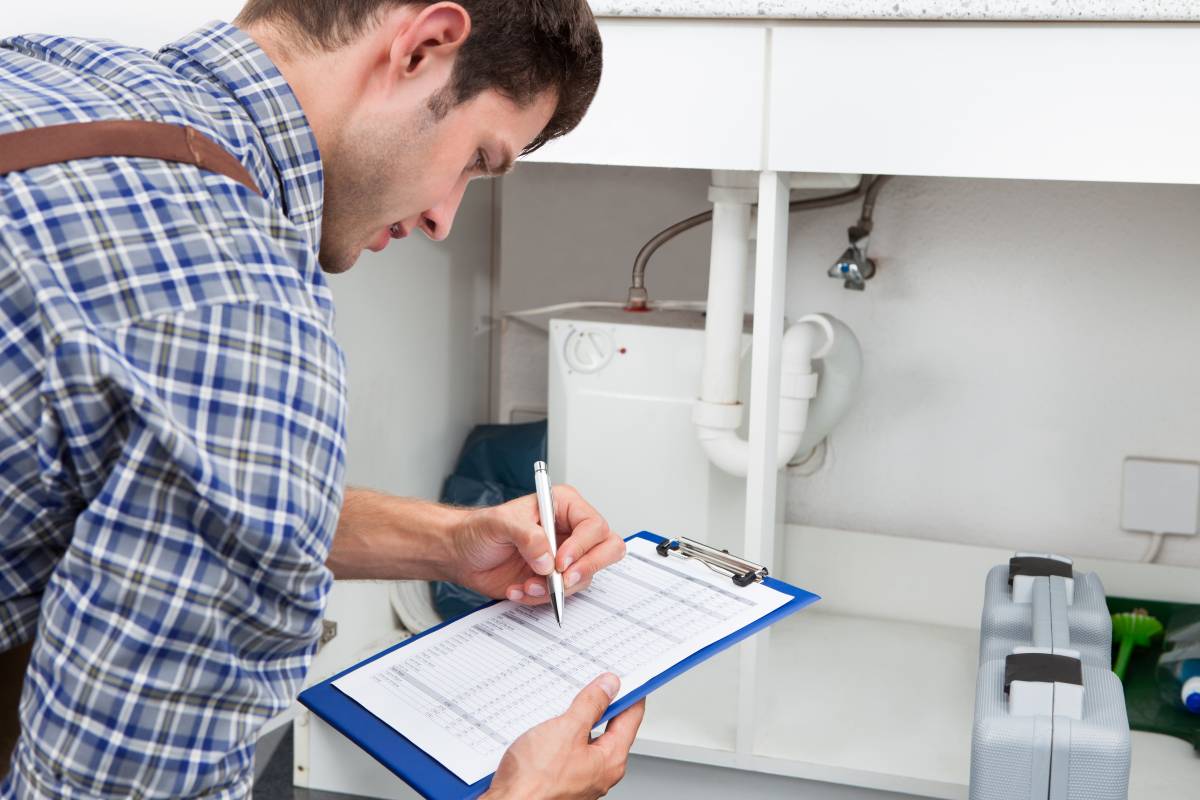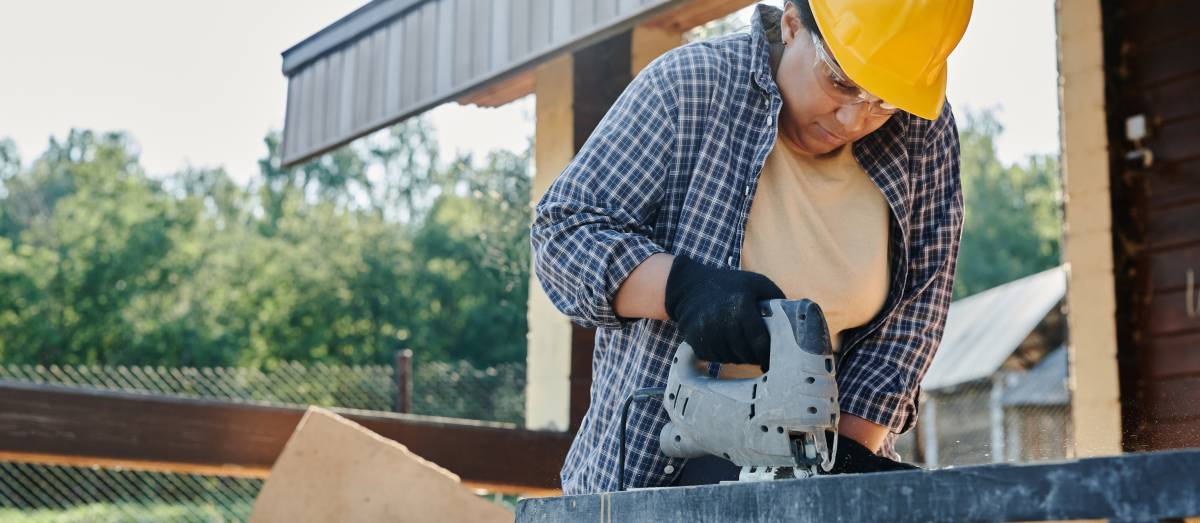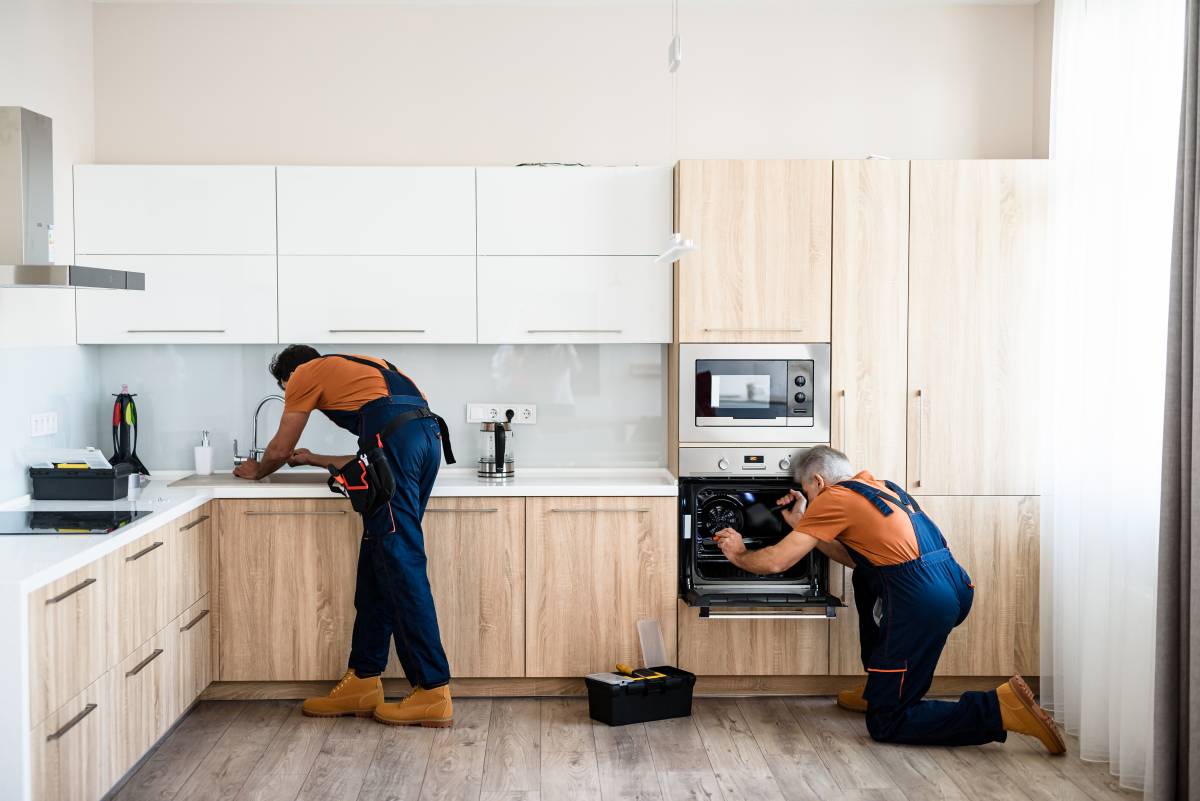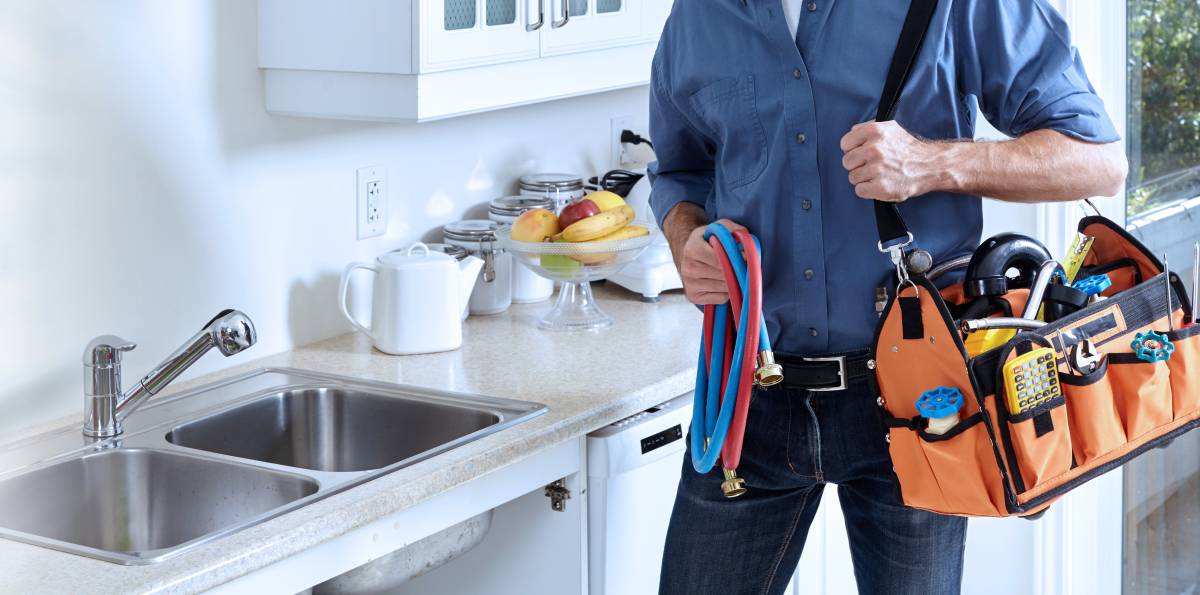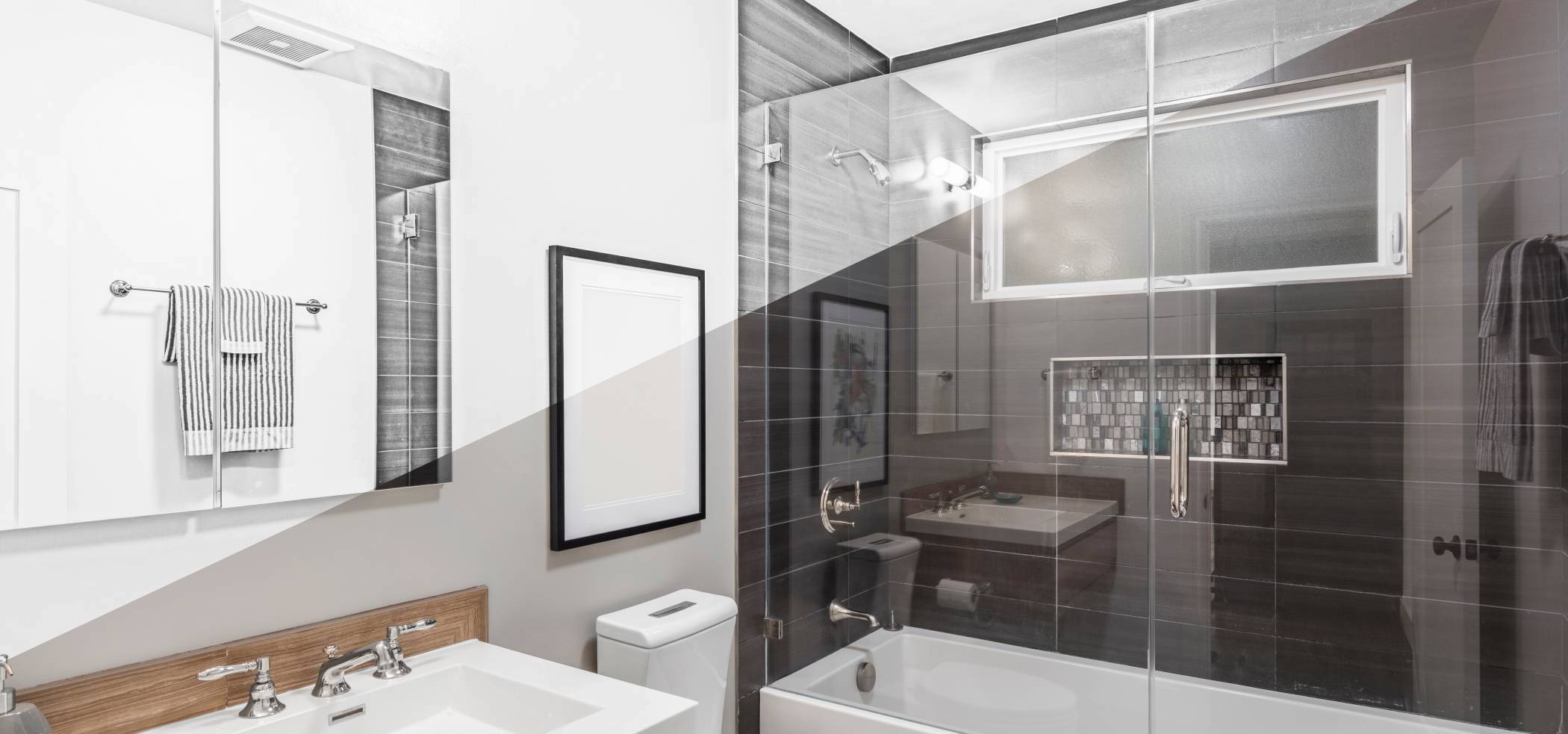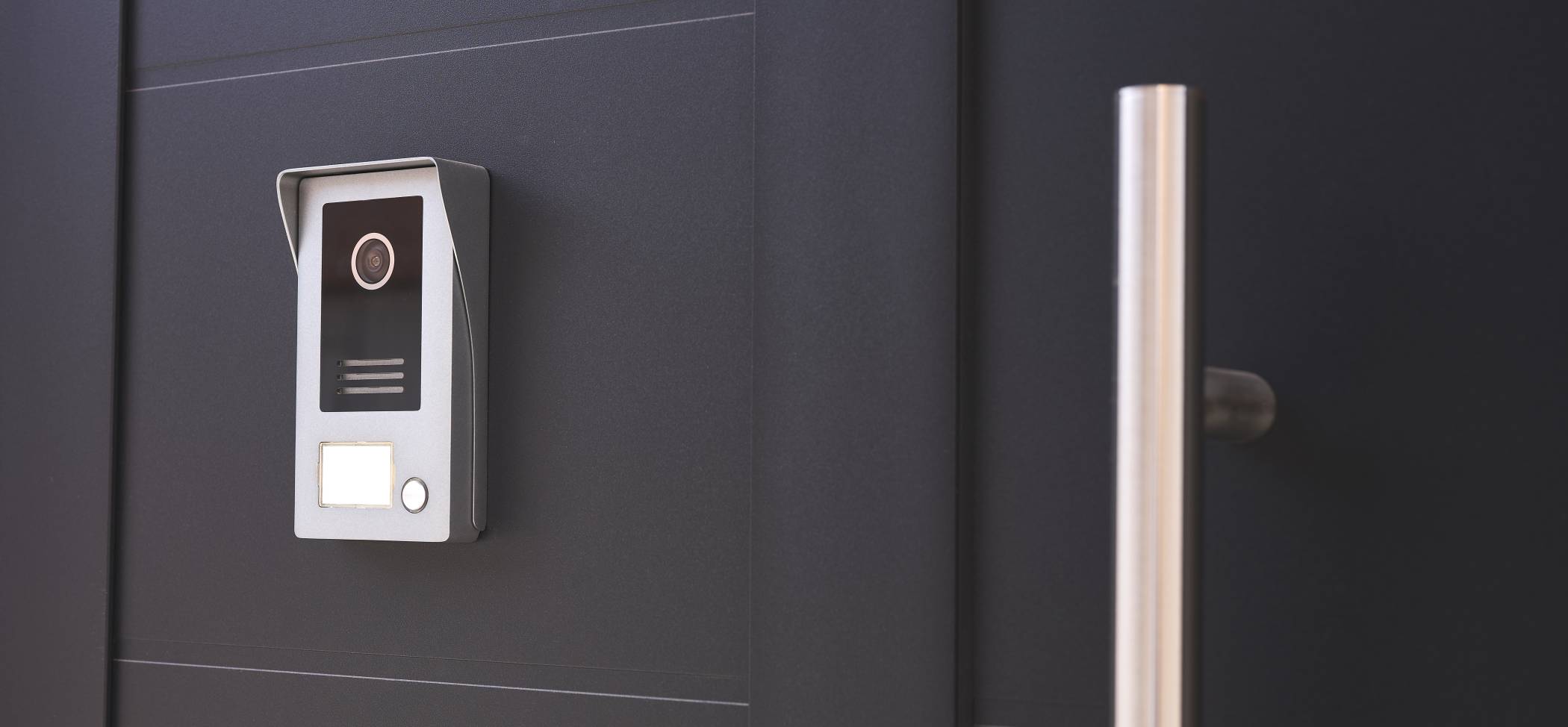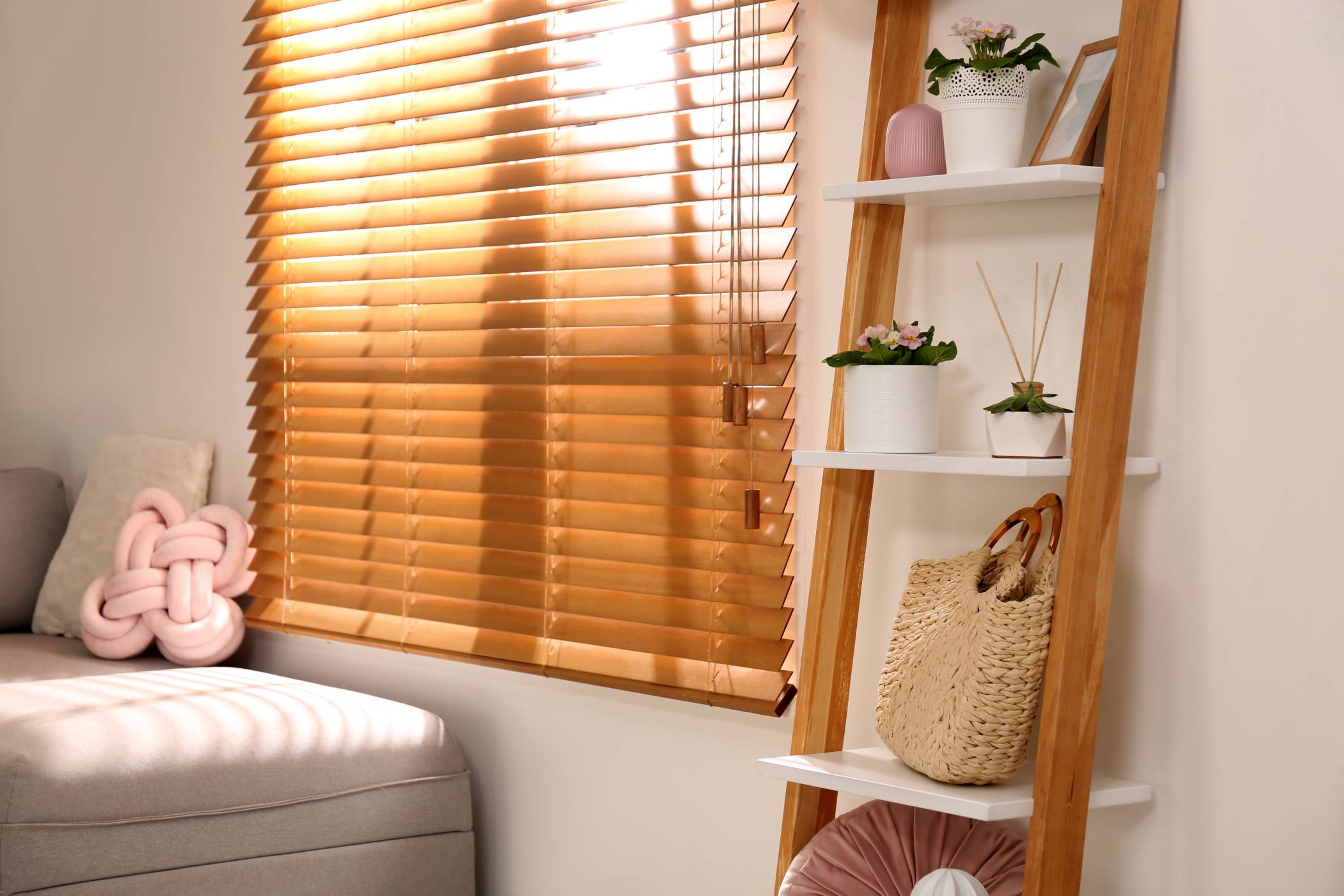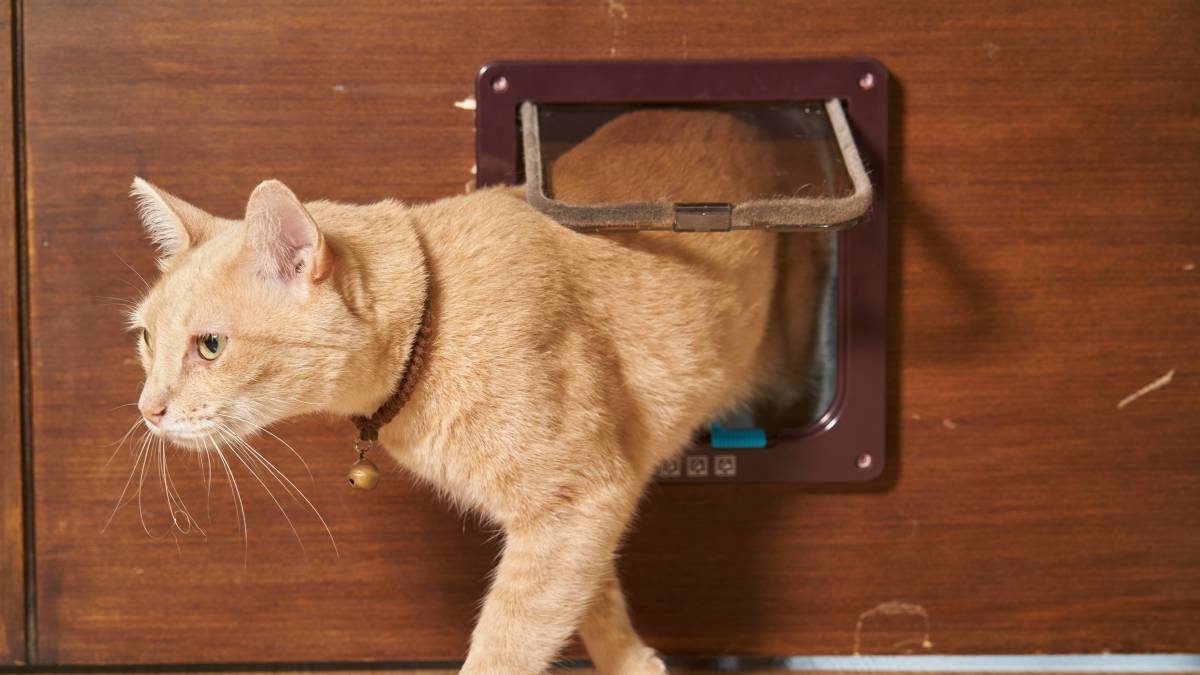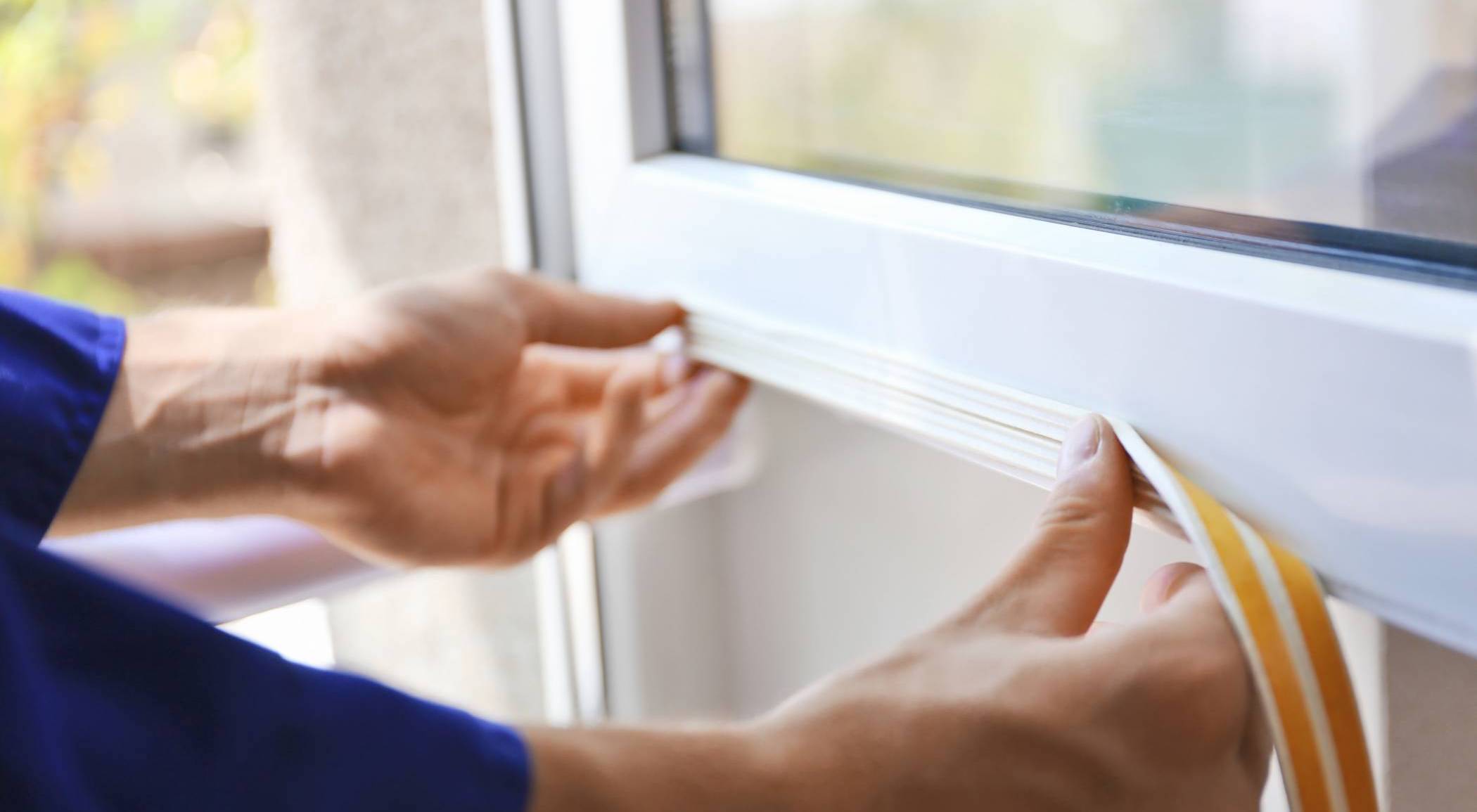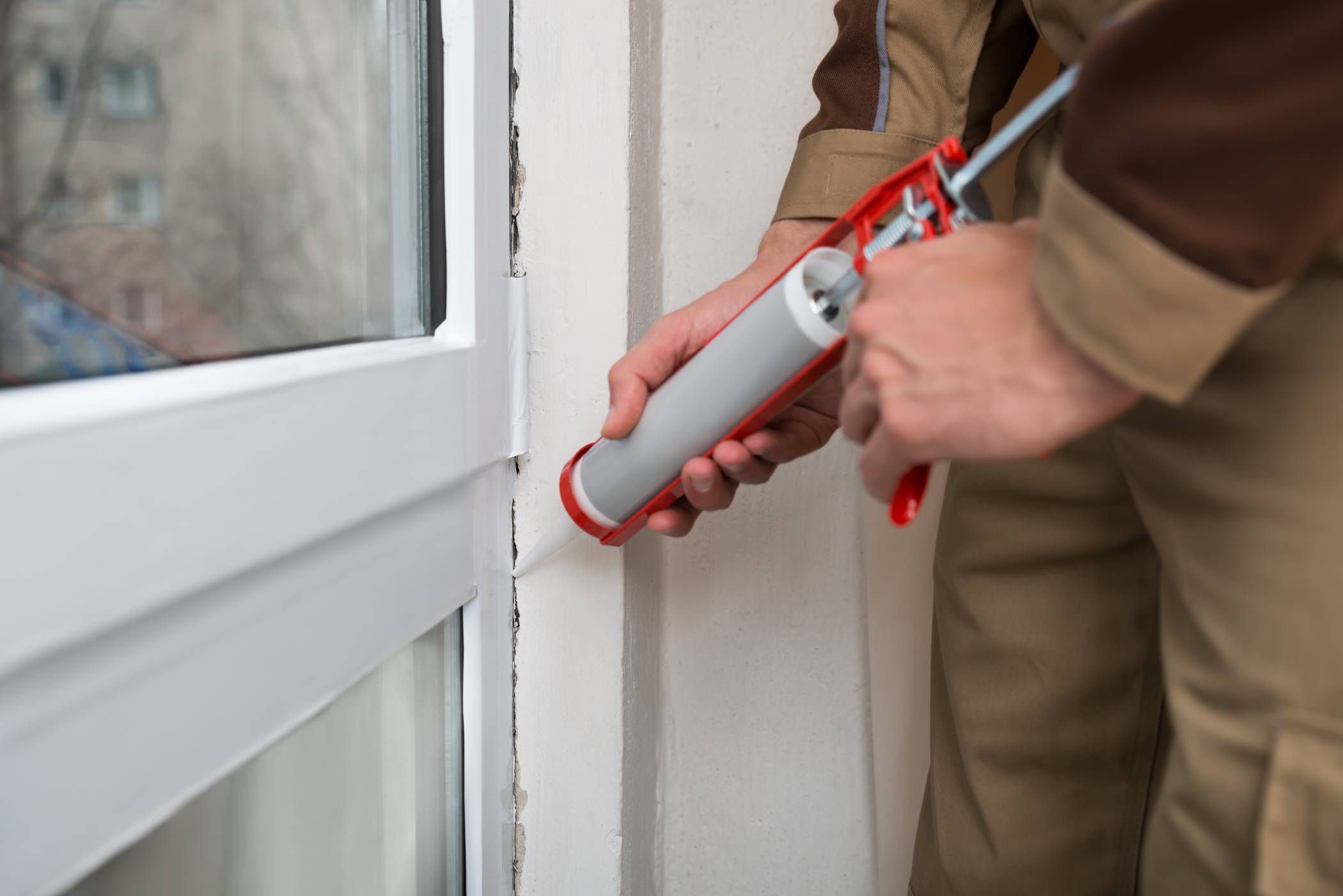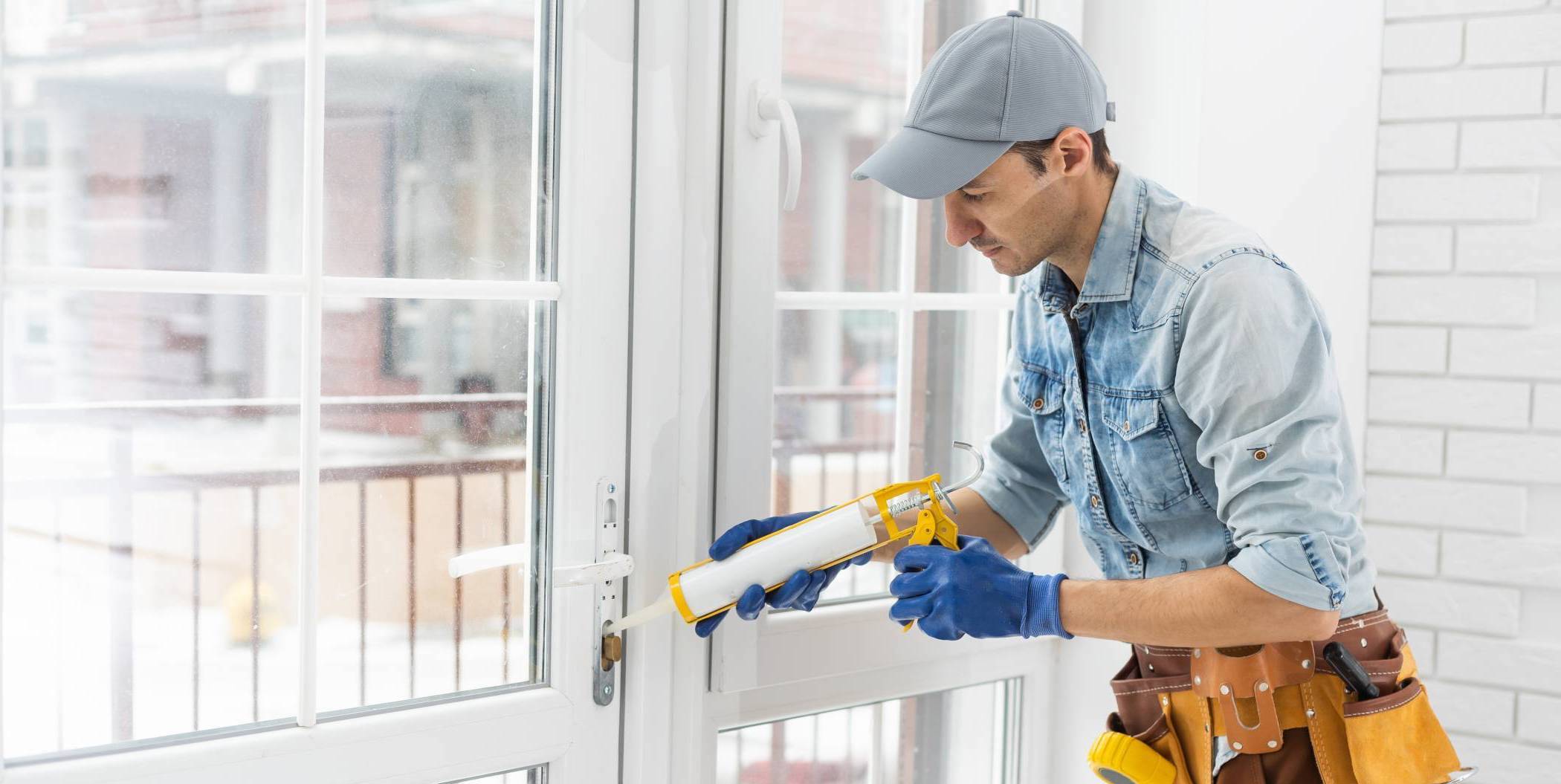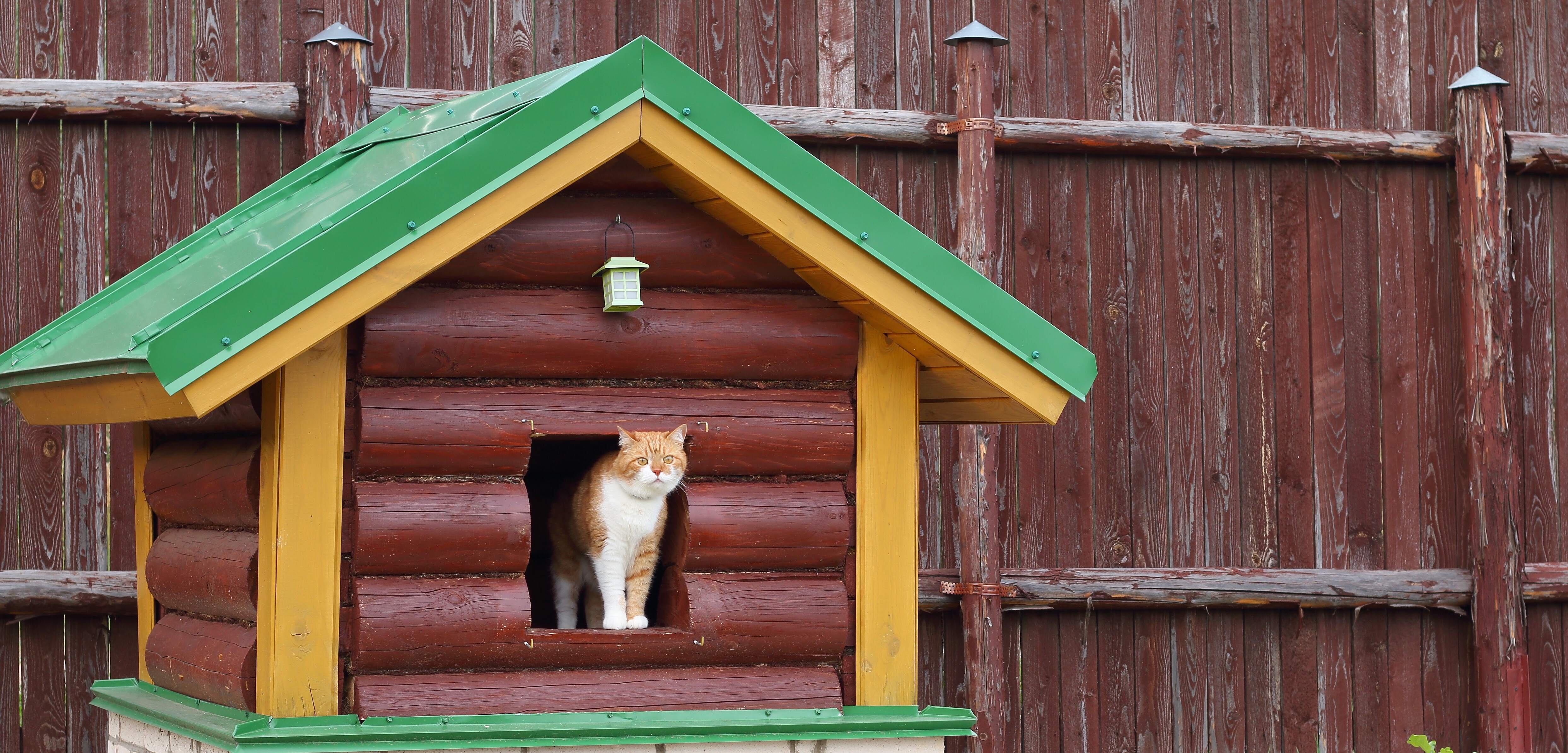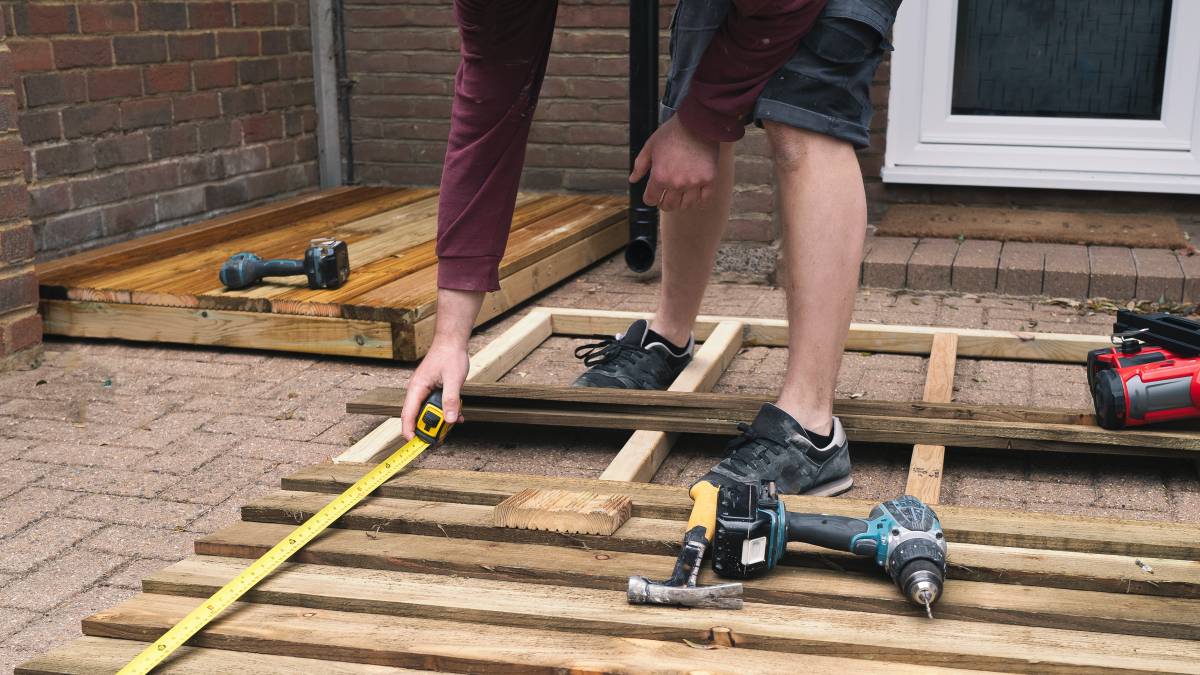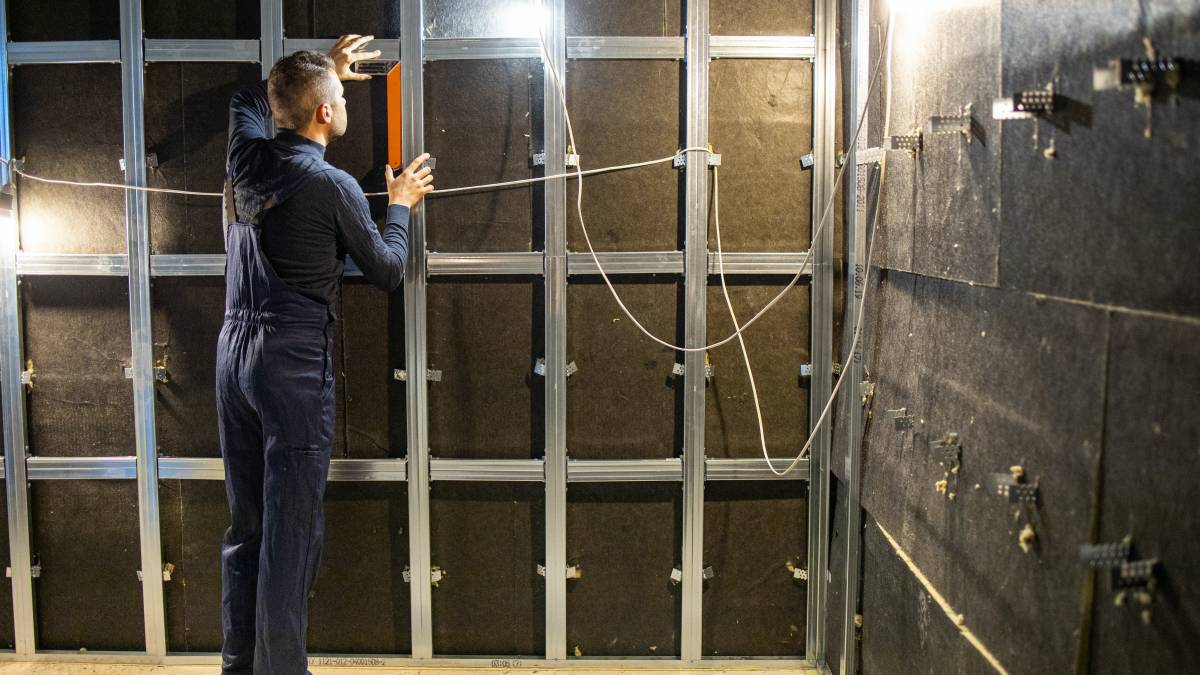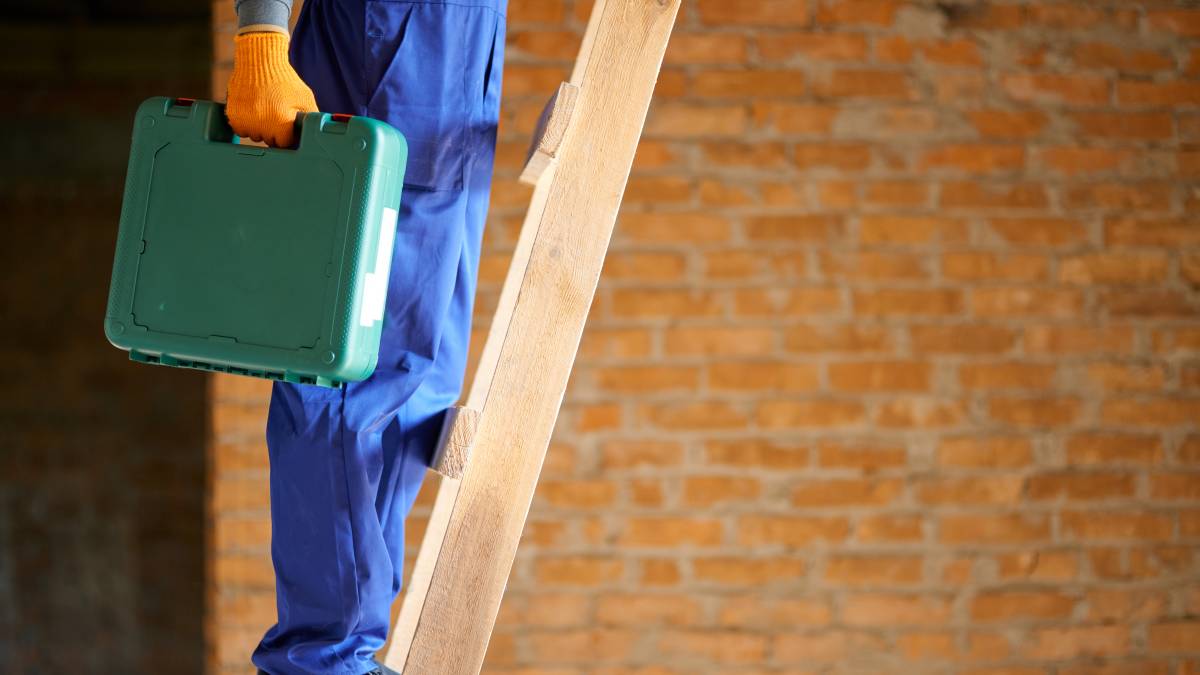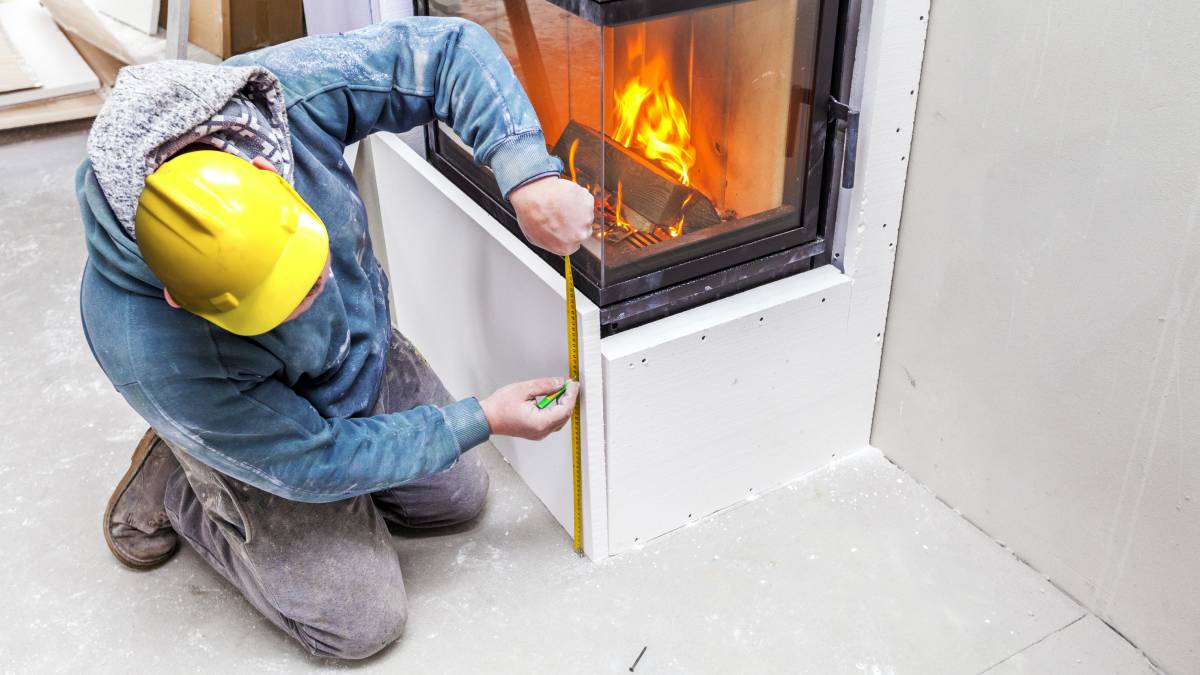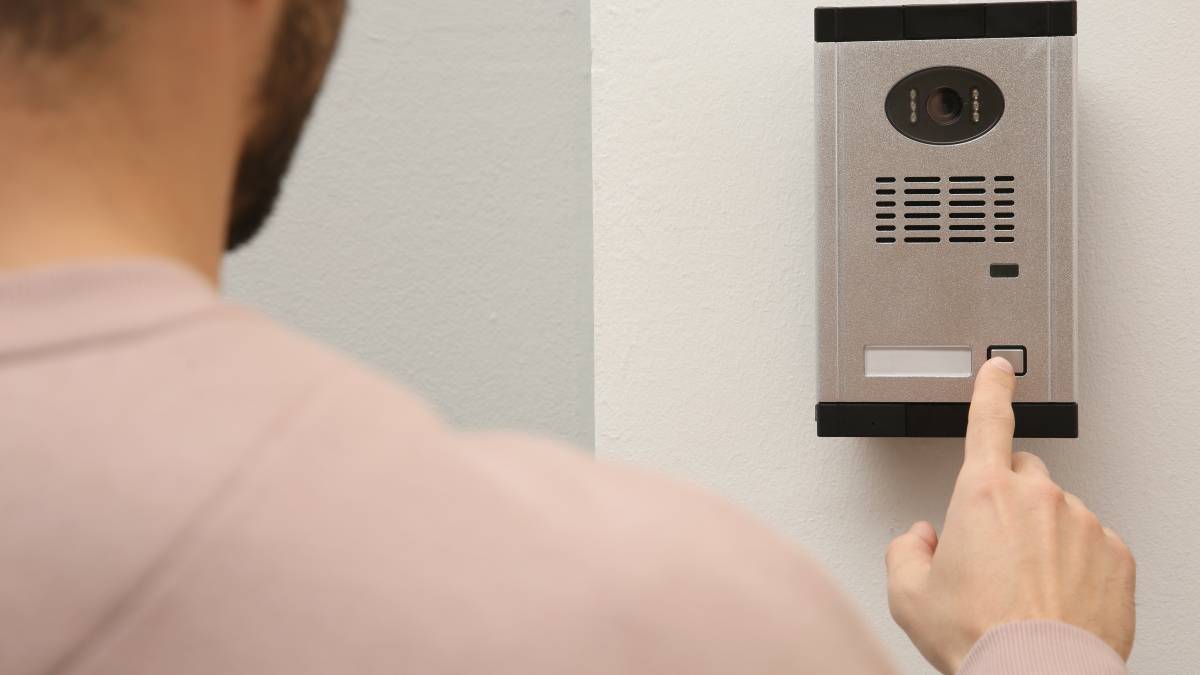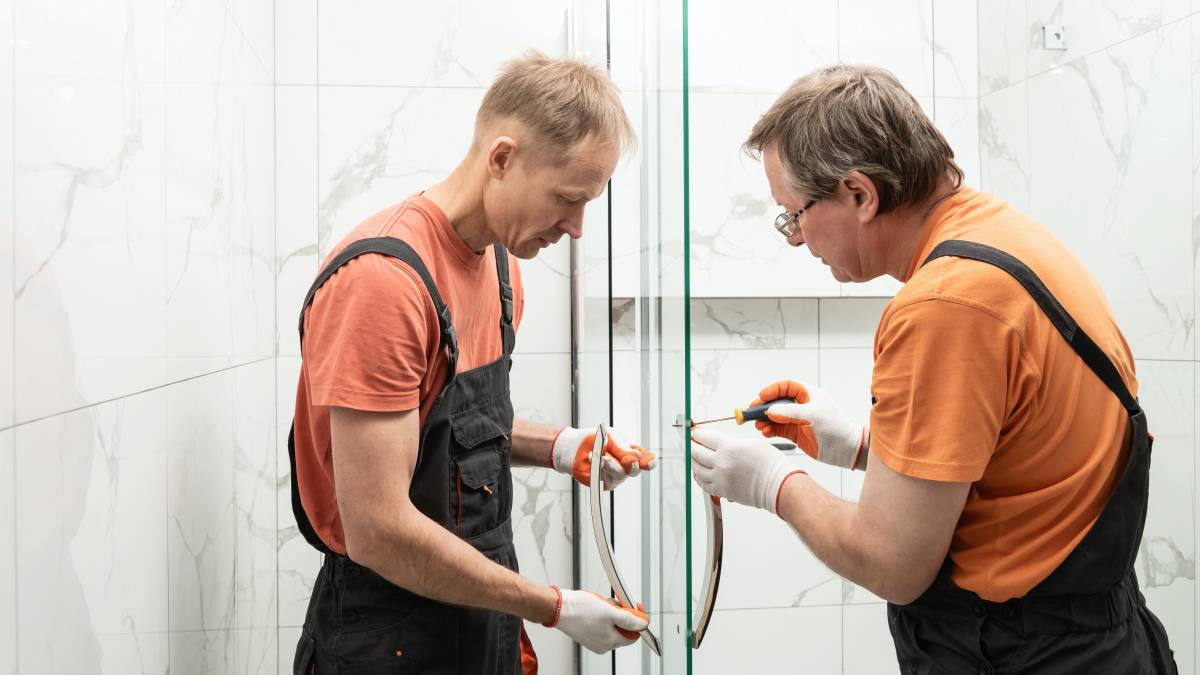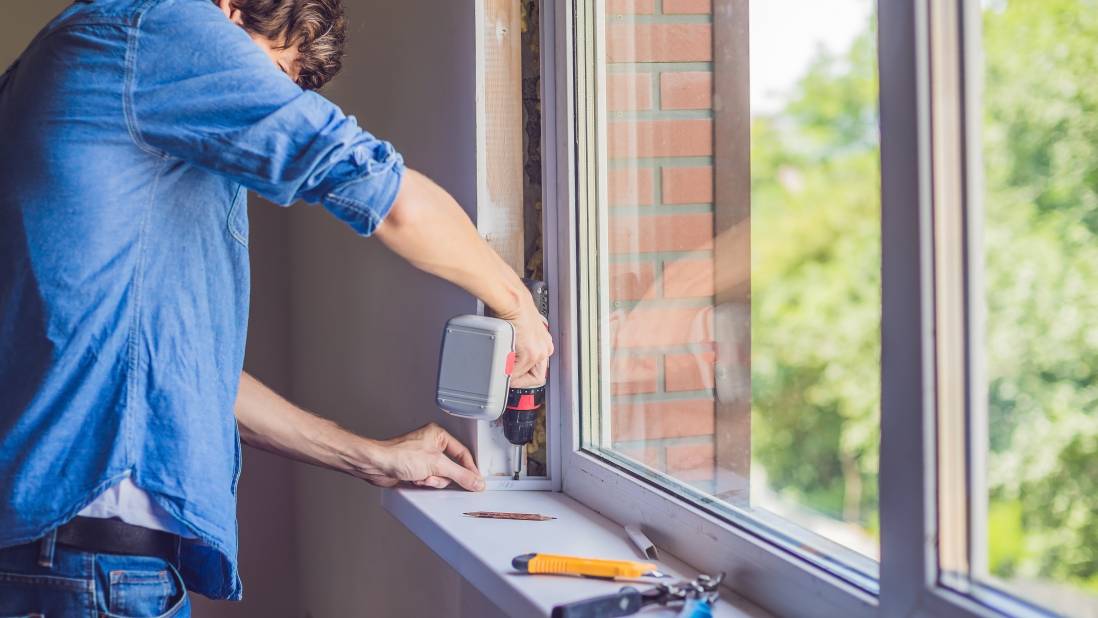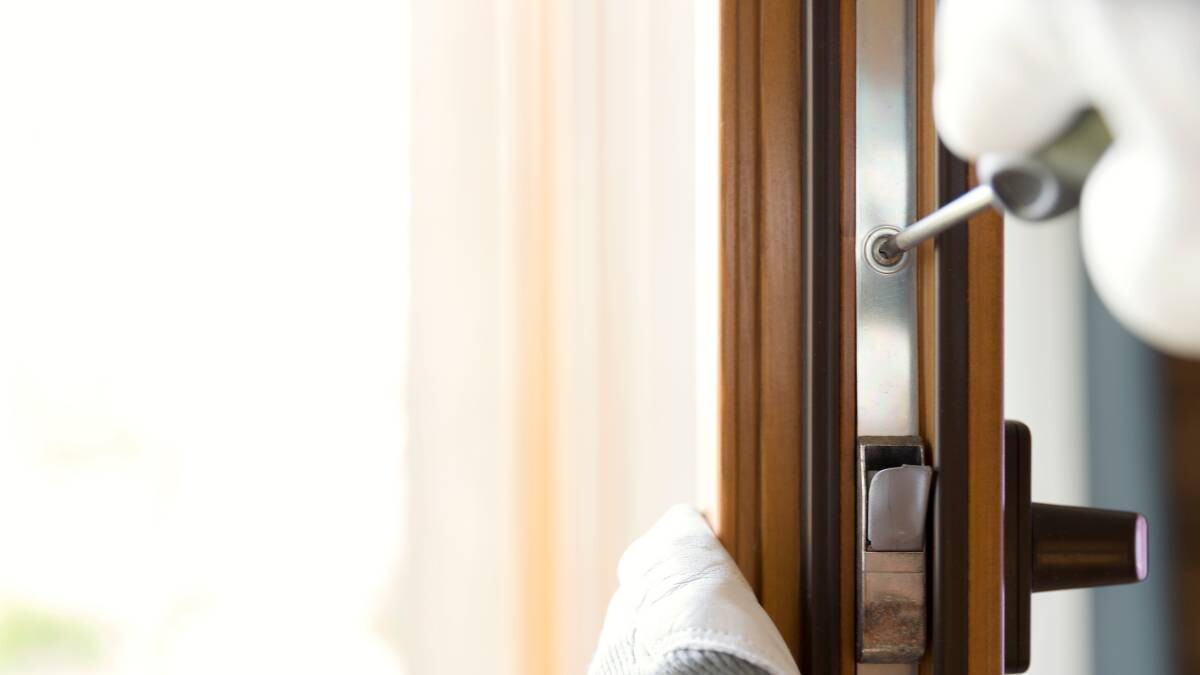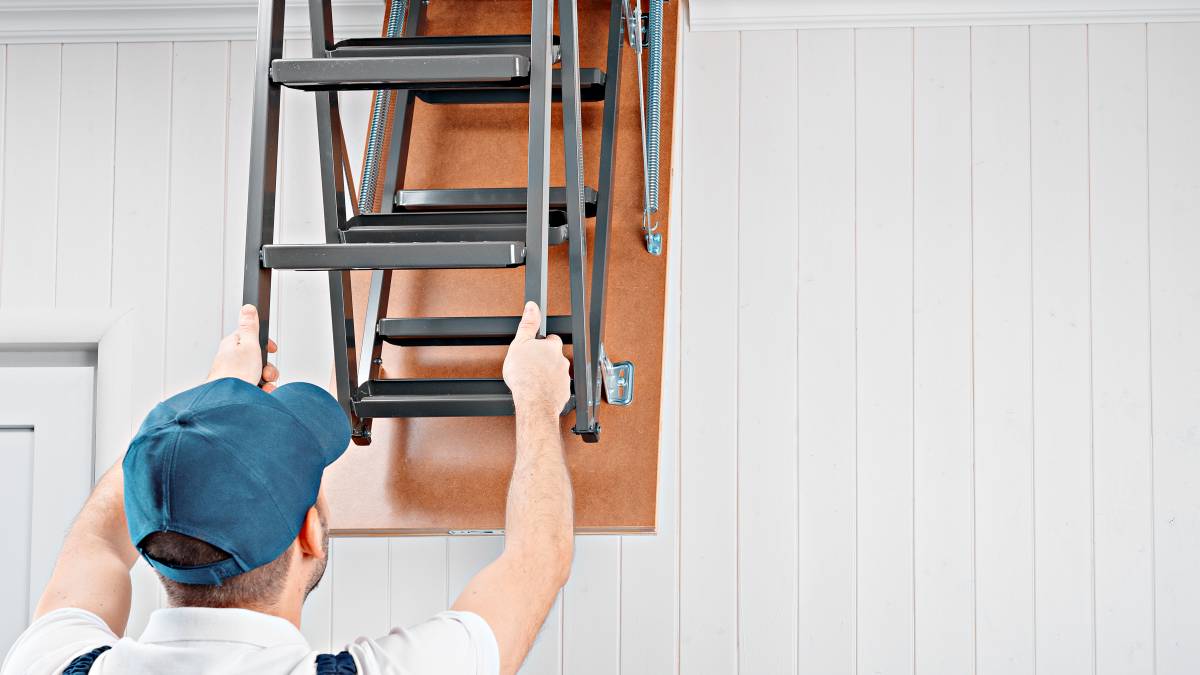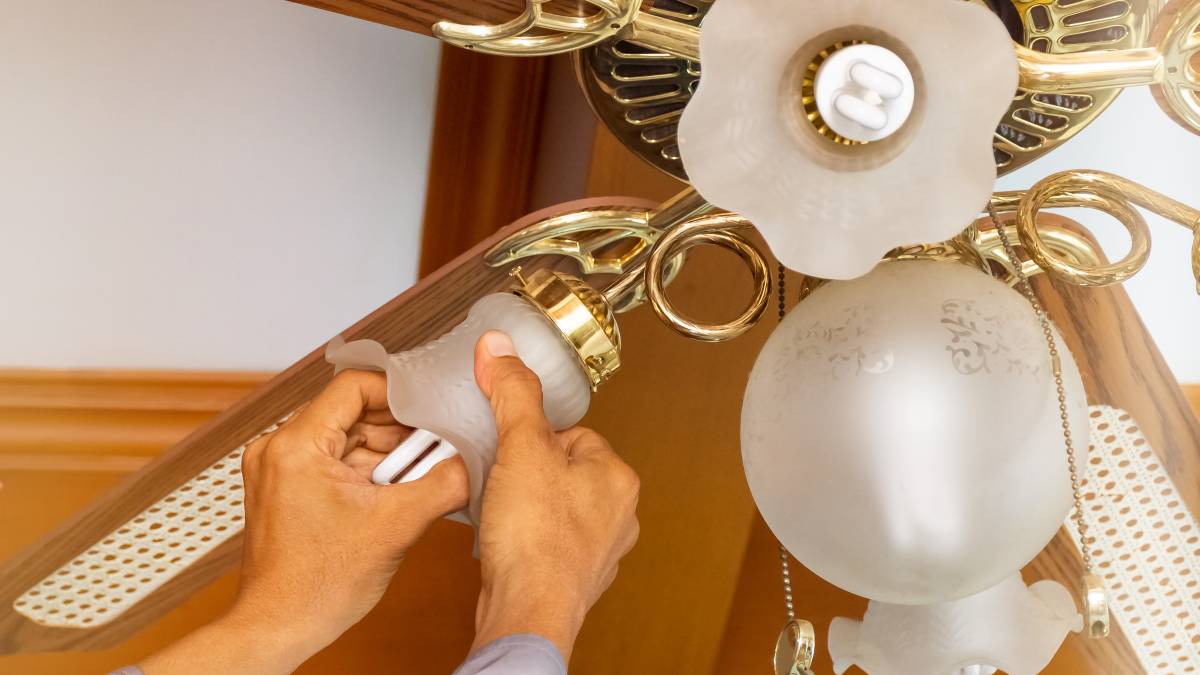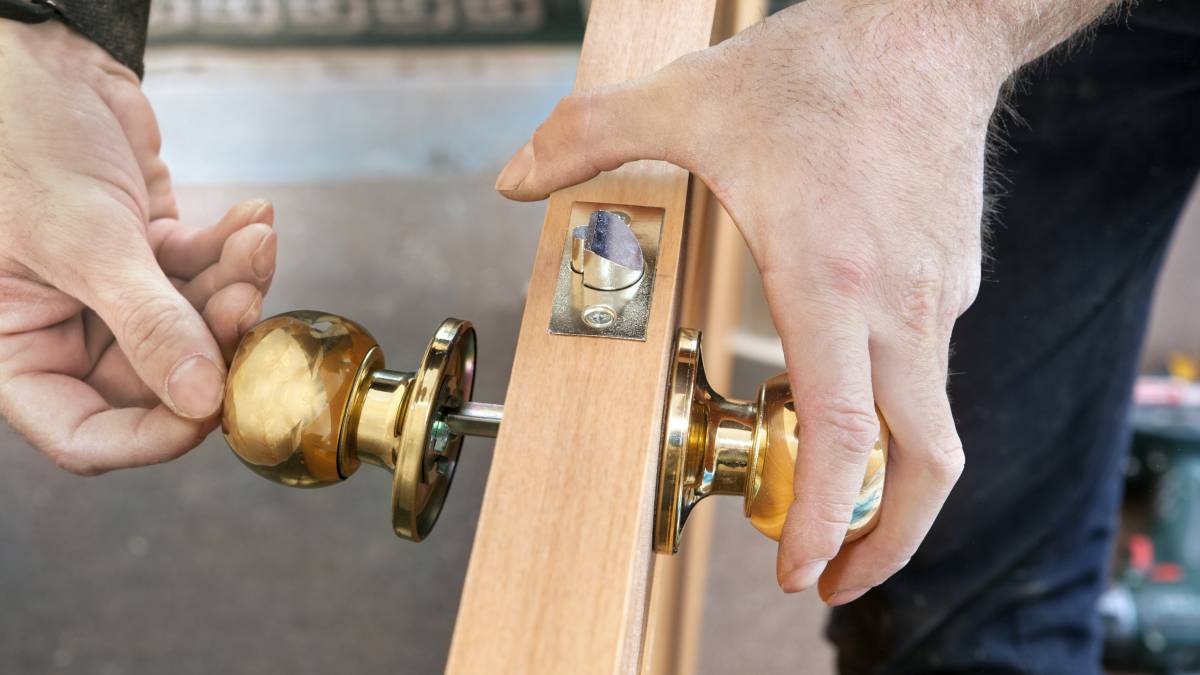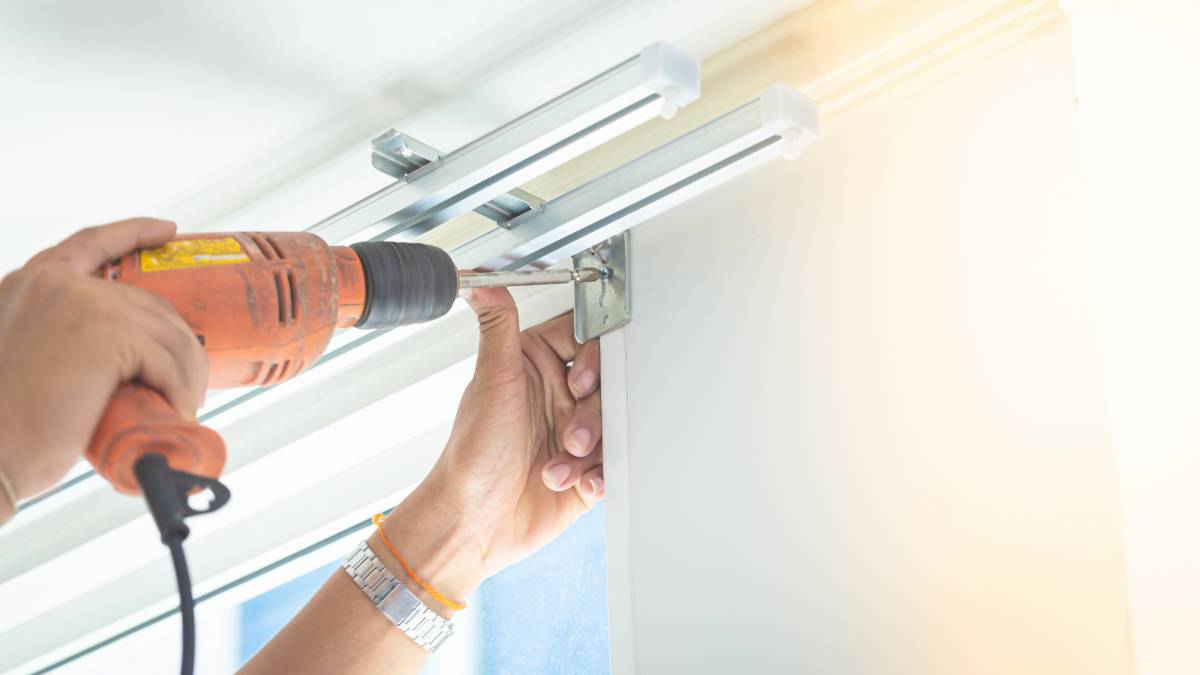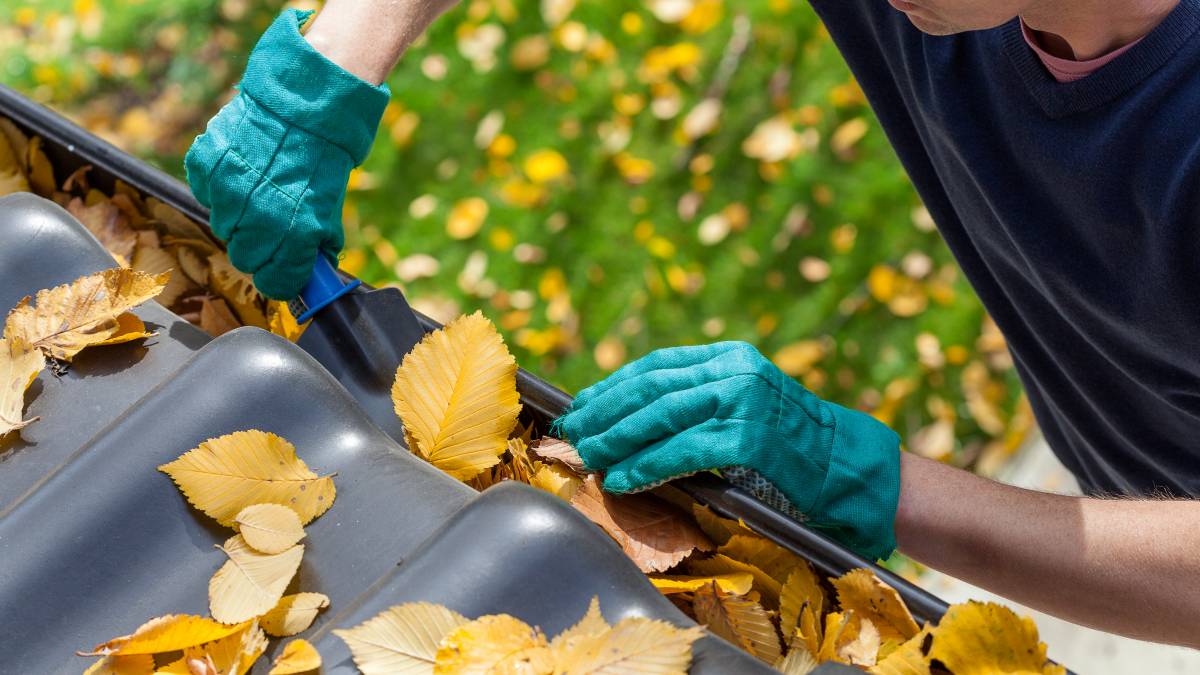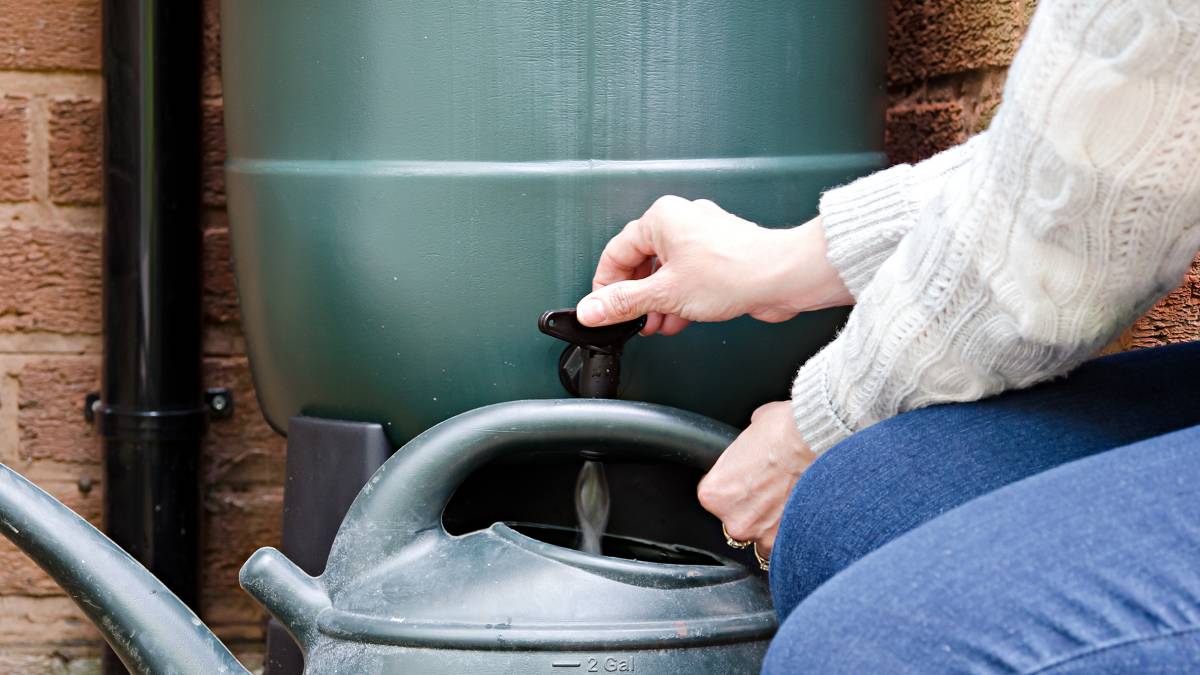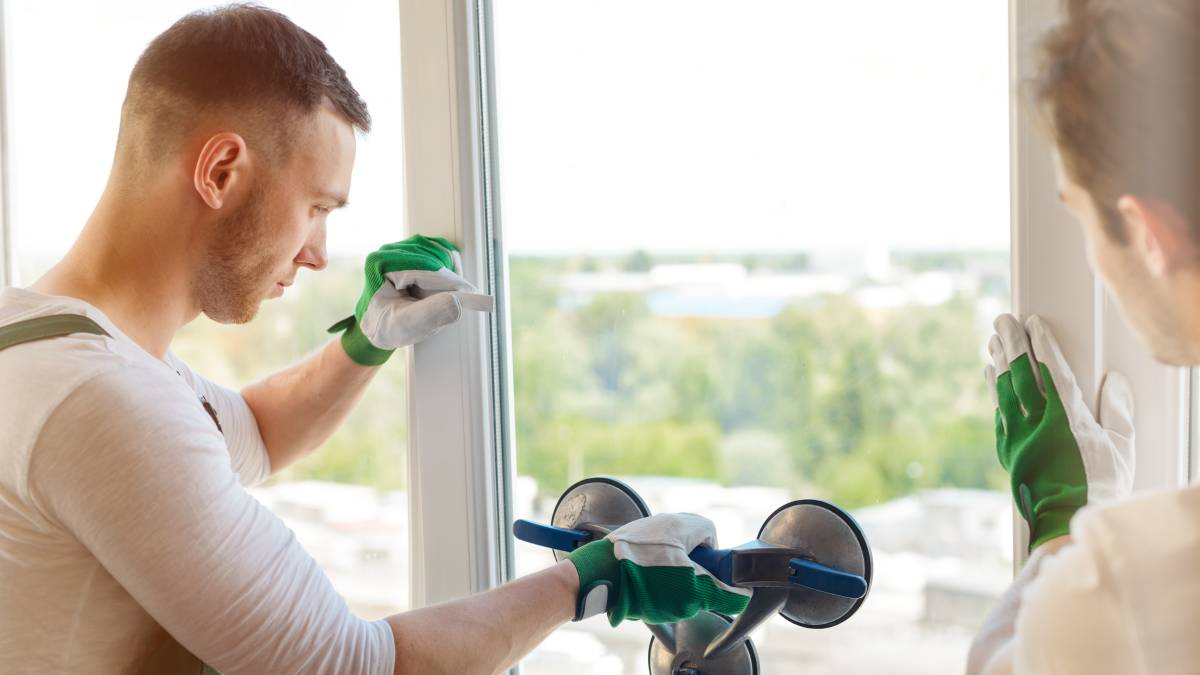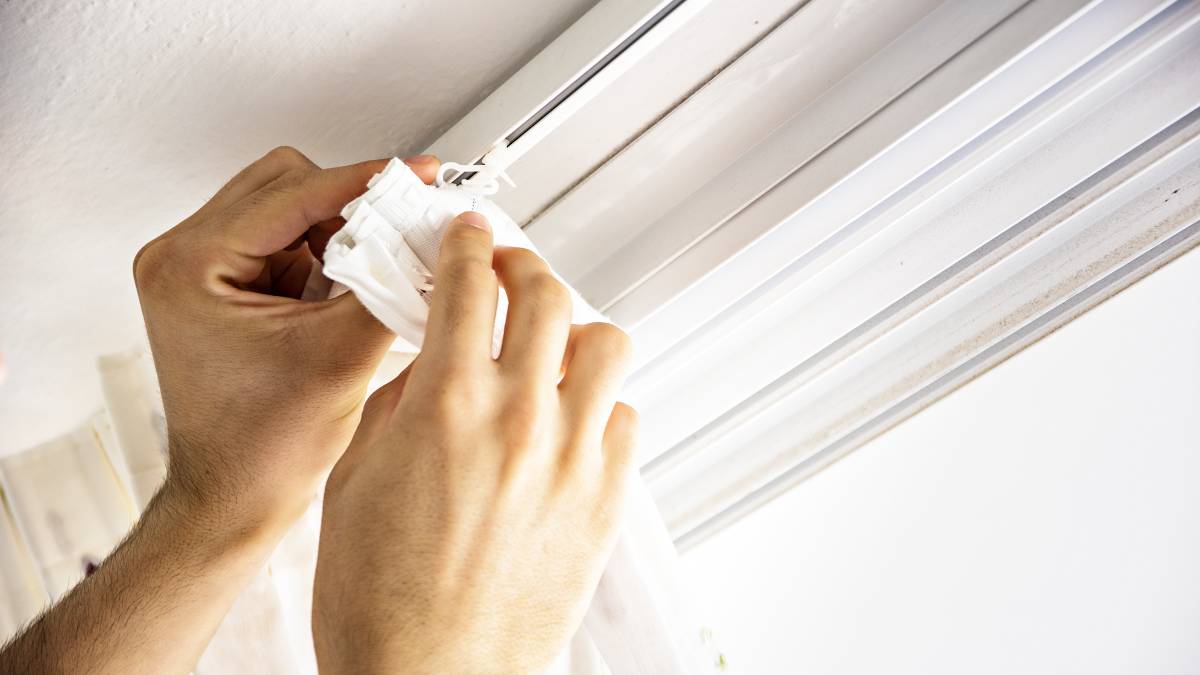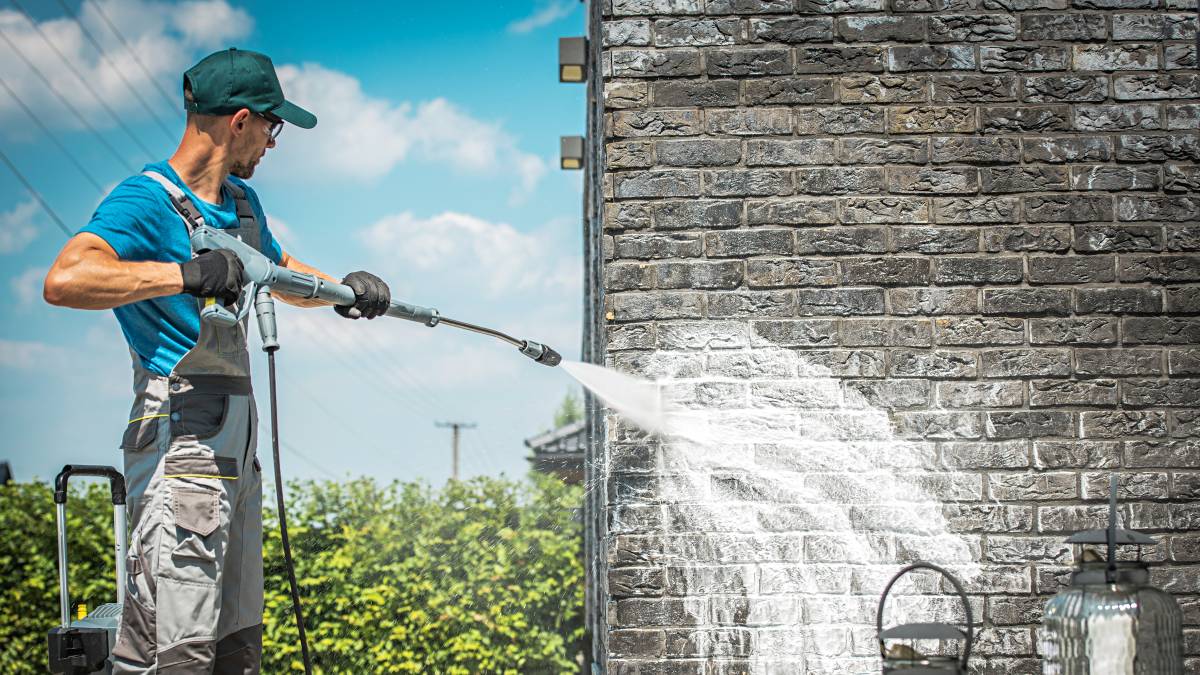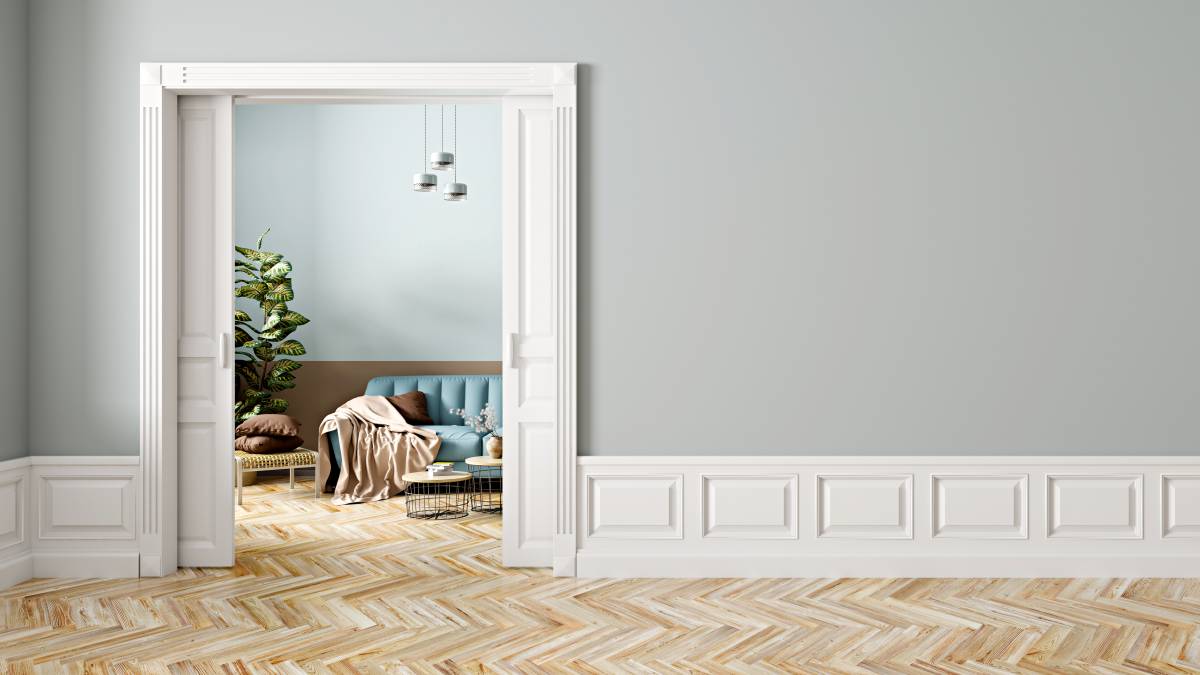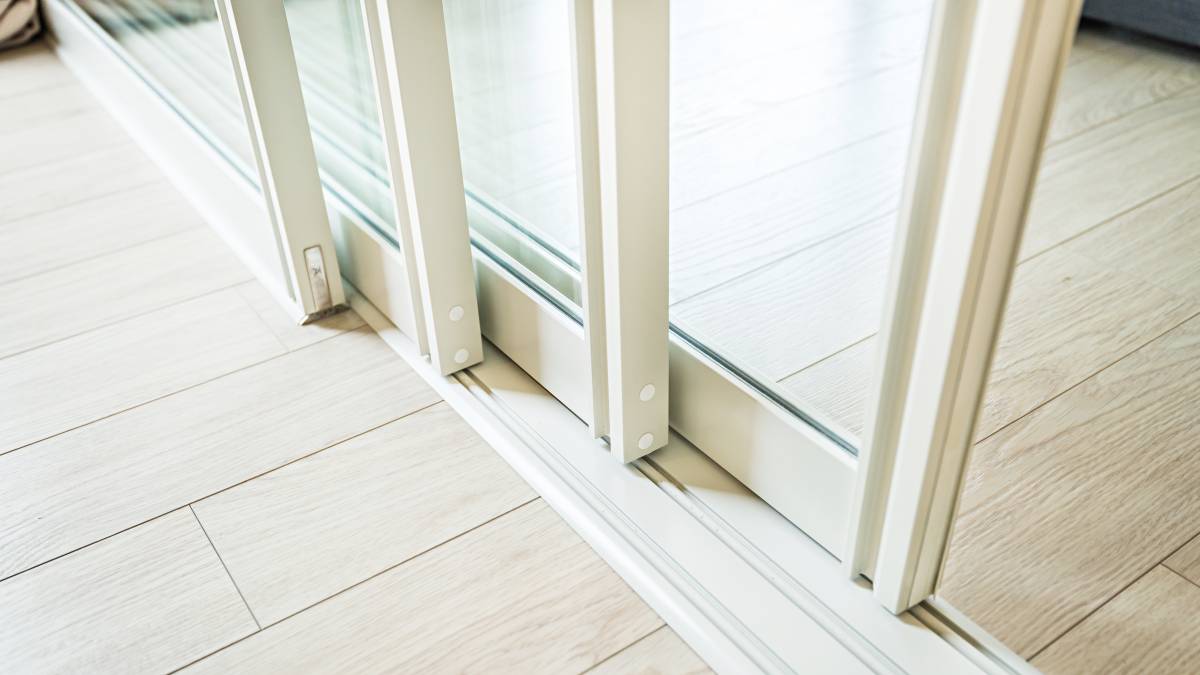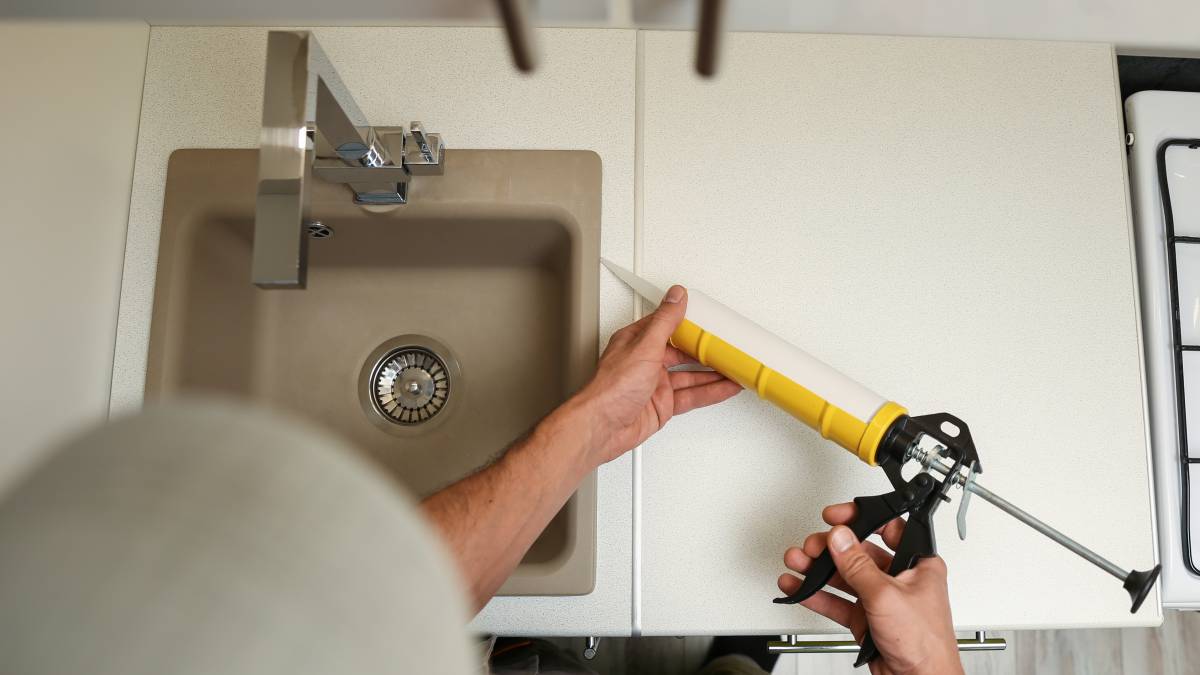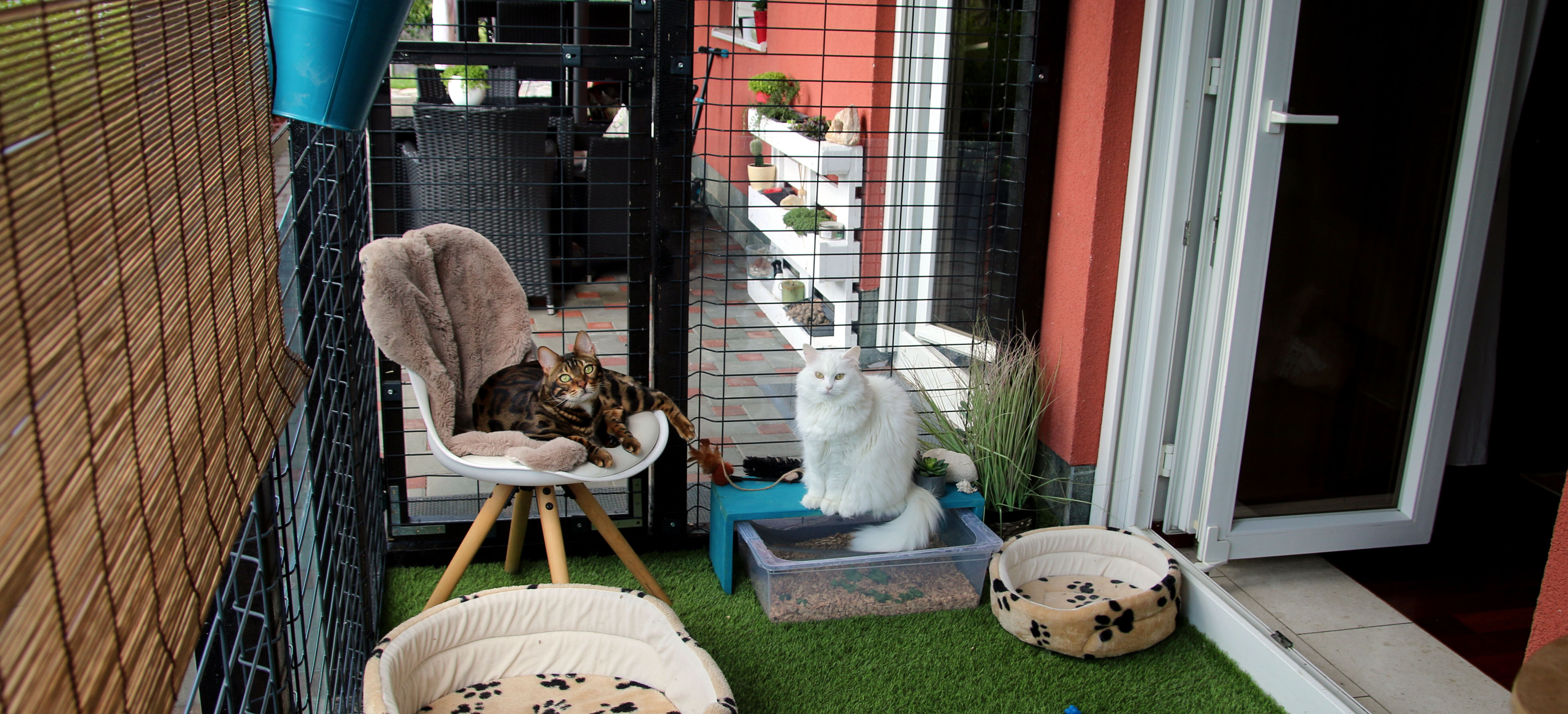
10 Things you need to know before building a catio
Have questions about creating the perfect playground for your cat?
Find a handymanLast Updated on
Do you catch your cat looking out the window often? Cats are generally curious creatures, and the outside world is an avenue for them to explore and be in their natural habitat. But exposing them out in the open can leave you worried. Luckily, a DIY cat enclosure is the perfect solution for that.
Should I build a catio for my cat?
A cat patio or outdoor catio allows your feline friend to enjoy the outdoors safely. Plus, spending time in an outdoor cat enclosure brings along many benefits.
Enriched environment – A catio opens your cat to a broader range of outdoor scents, sights, and sounds, great for healthy mental stimulation. There’s also more room to explore and do activities safely. Bird watching, observing nature, and lounging on hammocks can alleviate mood and boredom, while climbing a cat tree outdoors and exercising promote good circulation and prevent obesity.
Peace of mind – Cat owners will naturally worry about their feline friends when they spend time outdoors. But a catio eliminates many threats, such as other animals, moving vehicles, poisonous plants, and toxic substances. You wouldn’t have to worry about your cat getting lost, escaping, or stolen. They can safely play, exercise, hang out, and have fun in their space.
Better well-being – An outdoor catio is ideal for your cats to experience the sun, soak up Vitamin D, enjoy the outdoor scenery, breathe fresh air, bond with other cats (if you have more than one), and relieve indoor stress. All these would boost your cat’s immune system and overall health, all thanks to a simple outdoor cat enclosure.
Prey protection – Cats love hunting; sometimes, birds, mice, and rodents fall prey! Cat enclosures help prevent cat attacks, protecting wildlife and the ecosystem. A catio gives your cats and susceptible small animals a safe outdoor space.
10 Things you need to know before building a catio
An outdoor cat enclosure has much to offer you and your cat. But before brainstorming some outdoor catio ideas, there are a few things to consider.
1. The size of your cat
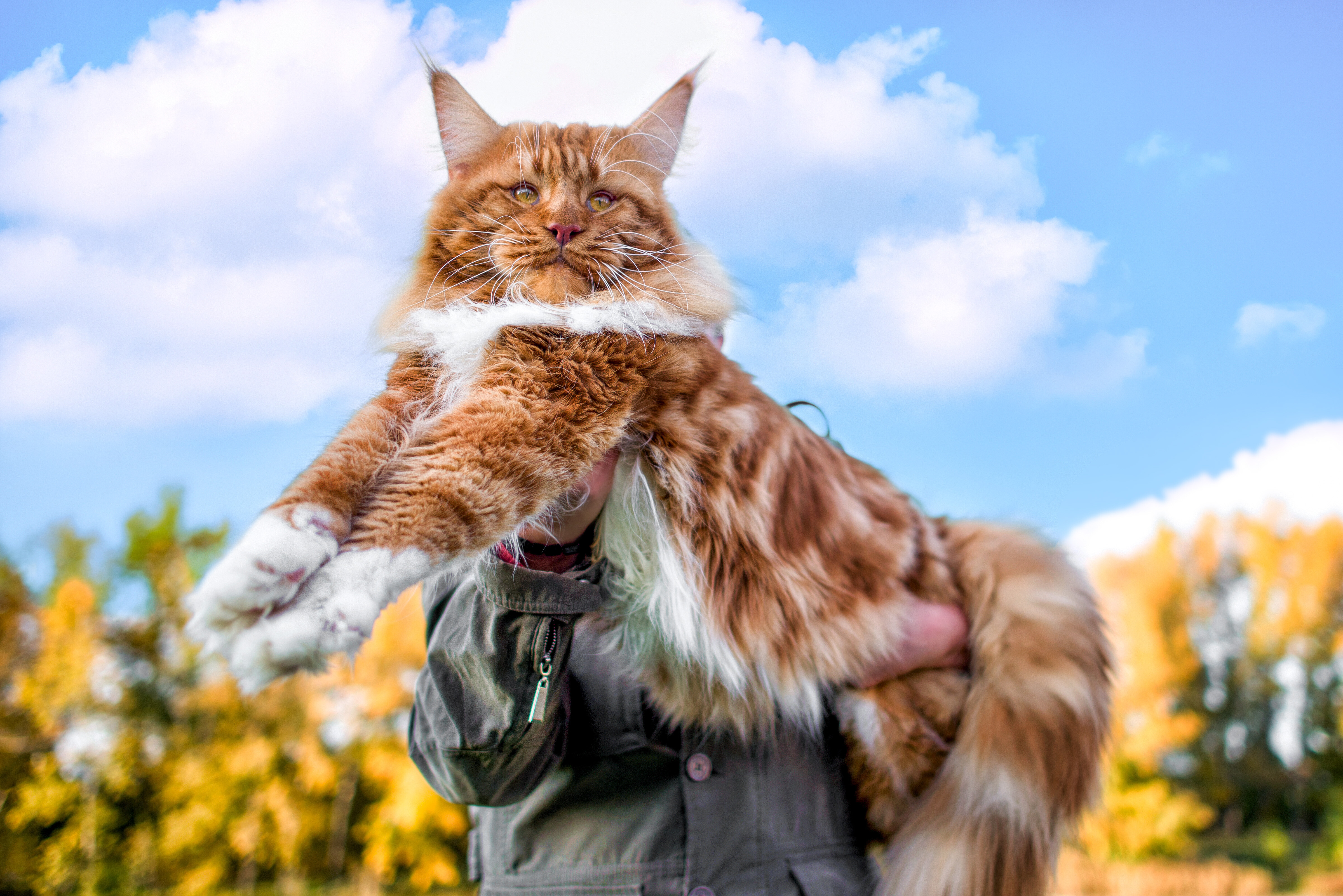
Although most cats have similar measurements, they do come in various sizes. Maine coons and Savannah cats are large breeds that require bigger outdoor cat enclosures and vertical space.
Besides the catio, you’ll have to ensure the cat door and window are spacious enough for them to go through. If you have or plan to have kittens, adjusting dimensions according to their small size is also crucial to make it safe.
2. The location of the catio
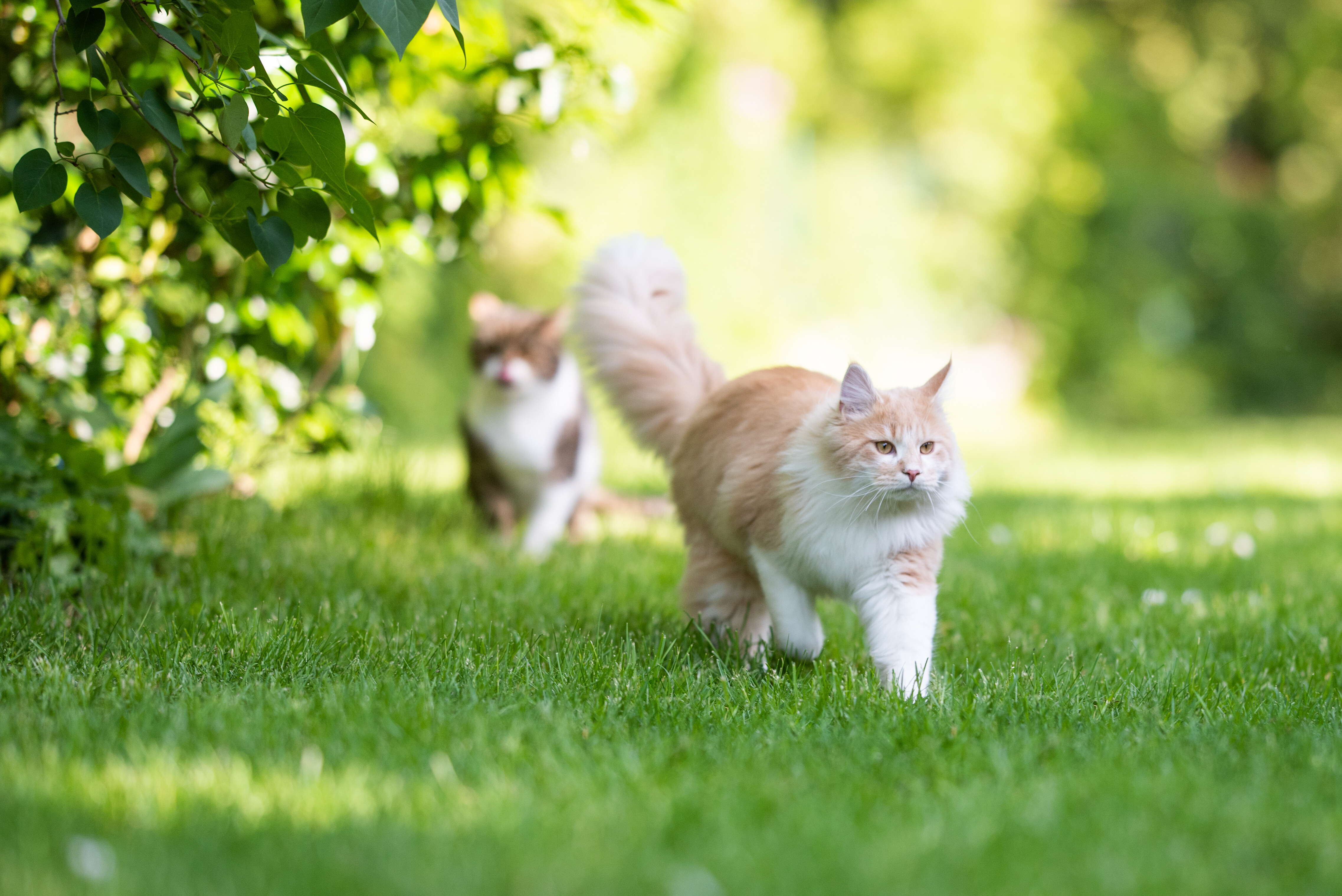
Location is a critical decision because bringing your cat outdoors comes with risks. Are there predators or other animals lurking in the area? How is the soil flora? Are there toxic plants around? Is there good ventilation?
Will there be a good balance of shade and sunshine during the day? Is the location conveniently situated for you and your cat? These are some questions you should consider before building an outdoor cat enclosure.
3. The materials you will need
There’s a wide variety of materials in the market today, but it all boils down to your preferences and needs. You can get metal, wood, plastic, or PVC for the base, panels, and roof. You can even add a polycarbonate sheet on the roof for better insulation.
Meanwhile, wire mesh, fencing wire, and nets can be your options for the catio’s walls. You can get help from a pet fencing expert for a fool-proof outdoor catio. Depending on your outdoor enclosure, you might also need locks, latches, a cat door, and a tunnel.
4. The tools you will need
Just like most DIY projects, basic tools are a must. These include a measuring tape, pencil or marker, drill, screwdriver, staple or nail gun, screwdriver, and wire or bolt cutter. You may also need a saw and safety equipment, like goggles and gloves.
5. The design of the catio
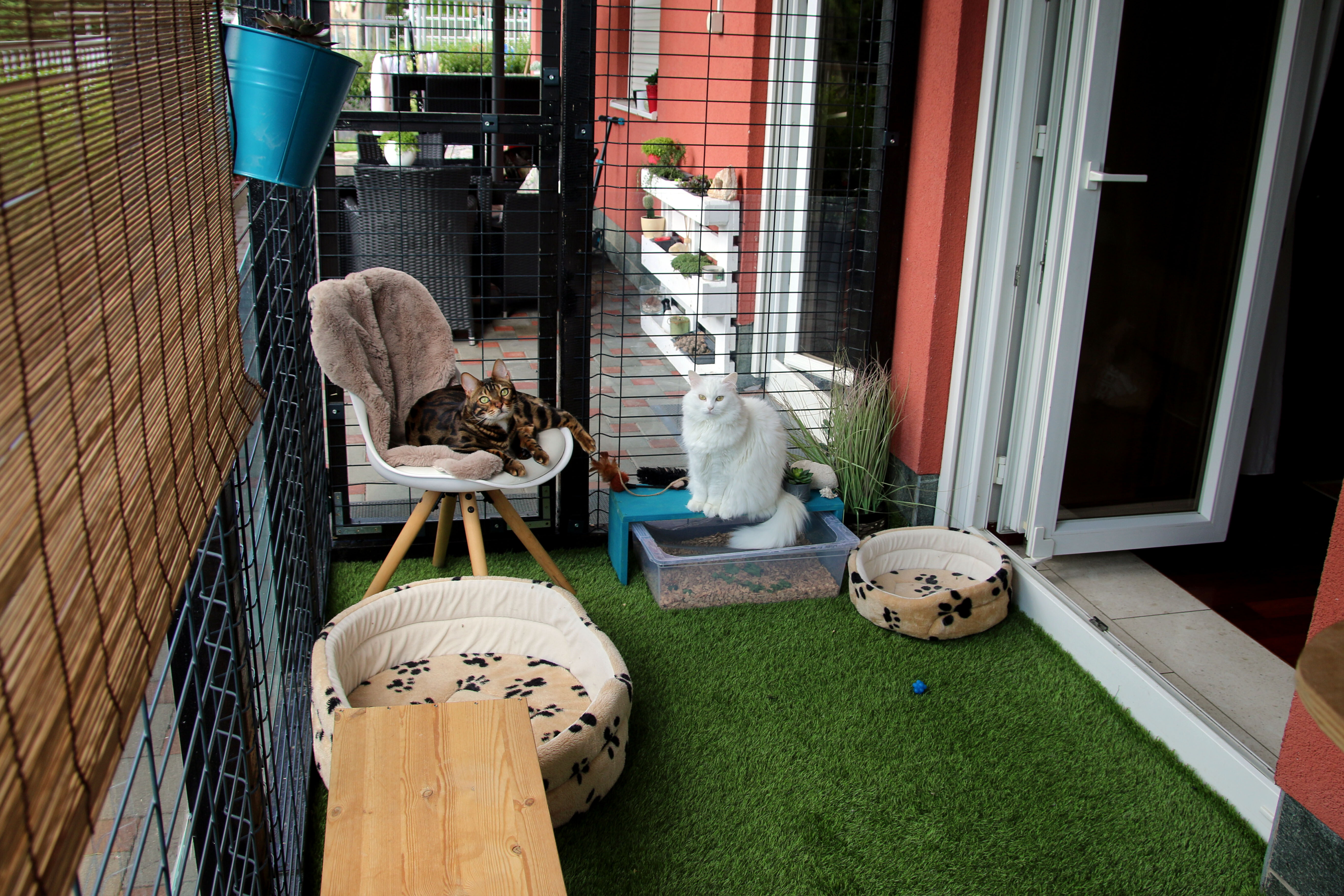
The great thing about a DIY catio is you can customise it however you want. But there are two types: an attached outdoor catio or a freestanding enclosure. An attached outdoor catio can be mounted to your house or wall like a window box.
A cat door with a flap will be your furry friend’s way to go in and out. A cat tunnel can also connect your terrace or balcony to your catio. On the other hand, a freestanding catio is separated from your home. It can be located in your garden or backyard, but you must carry or walk your cat to the outdoor catio.
Remember to include accessories, toys, an outdoor cat tree, and other outdoor cat furniture in your design.
6. The safety of the catio
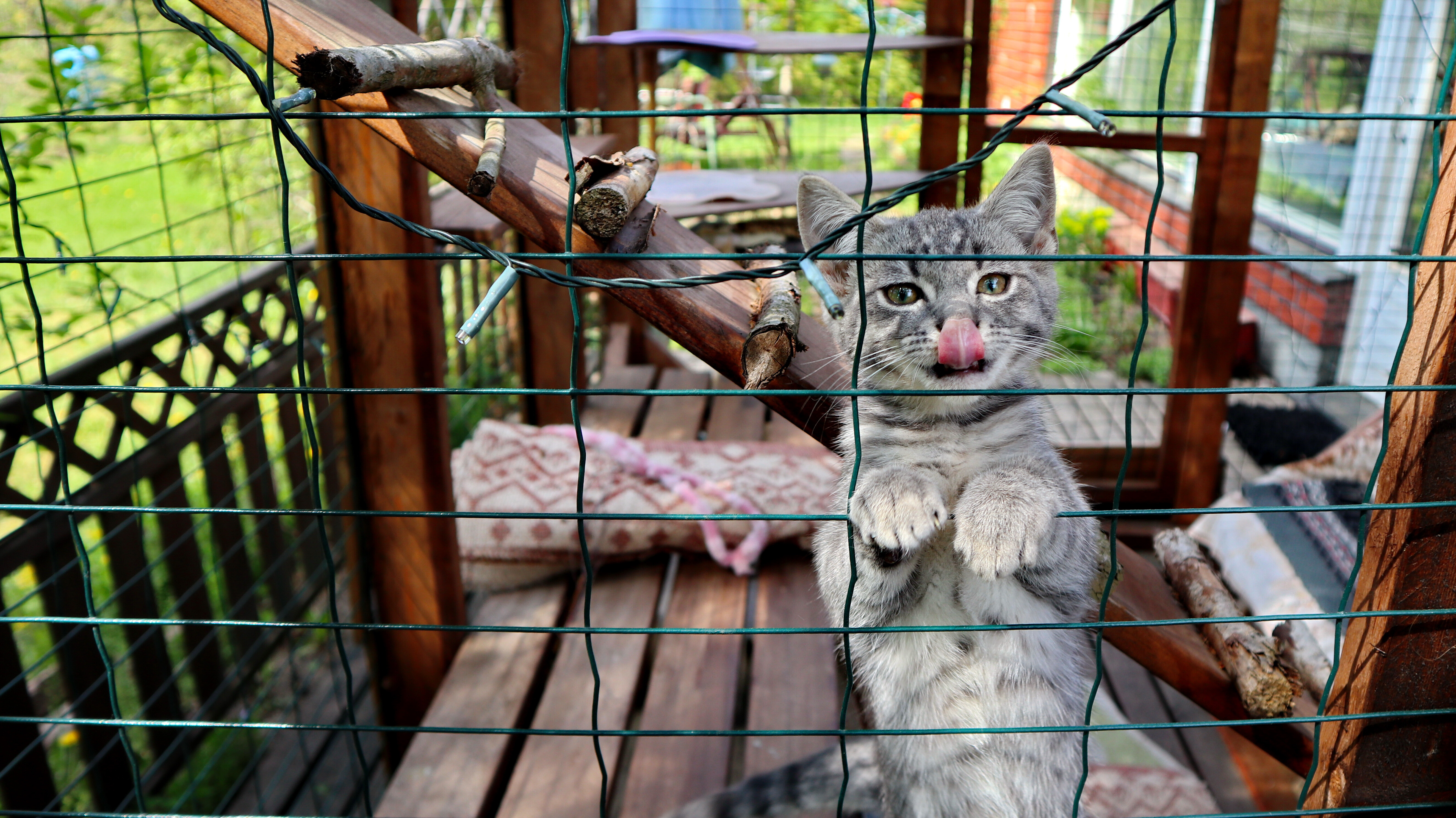
One of the top priorities in building your DIY catio is to keep your cats safe. Sand rough patches, smooth edges, and use pet-friendly paint or finishes. Check on gaps where paws or your cat could get stuck.
You should secure locks or latches to avoid intrusions and accidental escapes. Consider your cat’s well-being and safety all year round, specifically if you have fluctuating or extreme temperatures.
7. The accessibility of the catio

Regarding safety, easy access is essential, too. Your cat should be able to freely go in and out of your catio, especially if it’s an attached outdoor catio. A professional cat door installer can effortlessly set this up for you.
As for a freestanding outdoor enclosure, you can improve accessibility by creating a secure tunnel to and from the catio. Besides a smooth entry for your cat, you should also have access to the catio. Ensure you have a door or panel you can open to have easy reach when cleaning the catio or trying to get your cat.
8. The cost of building a catio
Setting up a cat enclosure will cost money, but this varies on your choice of materials and design. Catios in Australia can range from a few hundred dollars to a couple of thousand. This can also increase if you add outdoor cat towers, cat trees, scratching posts, hammocks, etc.
9. The accessories you can include
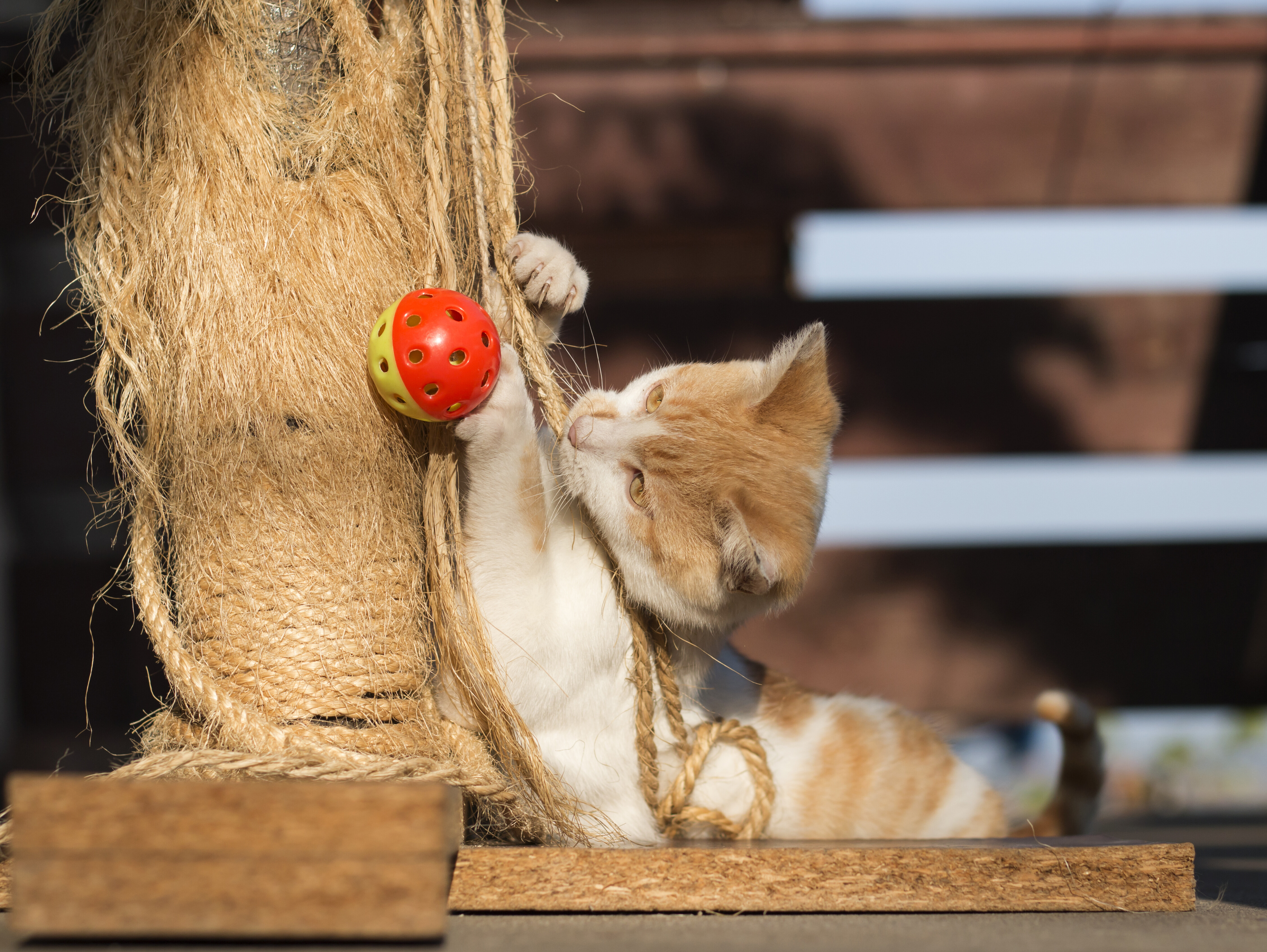
Another awesome thing about a DIY catio is you can make it a fun project. Add exciting and engaging toys to your cat’s experience of the great outdoors to a new level. If you’re wondering what to put in an outdoor catio, a hammock and scratching post are great additions.
Cats will also enjoy their outdoor catio with climbing shelves, different spots to hang out in, and a sunbathing area. Your cats can last many hours in their outdoor catio as they can relax, play, exercise, and be accessible without sacrificing safety.
10. The maintenance you will need
Your DIY catio shouldn’t just be all about fun. Just as your pet may regularly visit your trusted cat groomer, a catio also demands periodic cleaning. A part of keeping your cats happy is maintaining cleanliness.
Your outdoor cat enclosure should have access points or removable panels for trouble-free cleaning. It’s also best to choose materials that are easy to sanitise and regularly inspect your DIY catio, cat door, tunnel, and furniture to keep your cat safe.
Your catio ideas in action
Making your dream DIY cat enclosure doesn’t have to be impossible. With enough preparation and patience, you’ll be on your way to building your cat’s adventure land. Talk with a cat care expert from Airtasker to help you with your catio today!
FAQs on building a catio
A catio doesn’t have to be huge. Instead, focus on vertical space. Cats love climbing and watching their surroundings from a high point. Hence, a 91-by-183-by-244-centimetre (3-by-6-by-8-foot) catio is good enough.
Window catios may be the simplest to construct since it requires less space and materials. You wouldn’t have to build a tunnel and invest in a heavy-duty floor foundation.
Cedarwood is one of the top choices for an outdoor catio because of its durability and versatility. Although cats rarely chew on wood, watch out if you’re saying cedarwood, as this can be toxic to them. Red Maple wood may not prevent decay, but it should be good if you keep it dry. Plus, it’s safe for cats.
You must secure a permit if you rent or live in a condo. But a permit may be optional if you own the house and property. It’s best to check with your local authorities.
Find handyman, fast
Find a handyman
Related articles
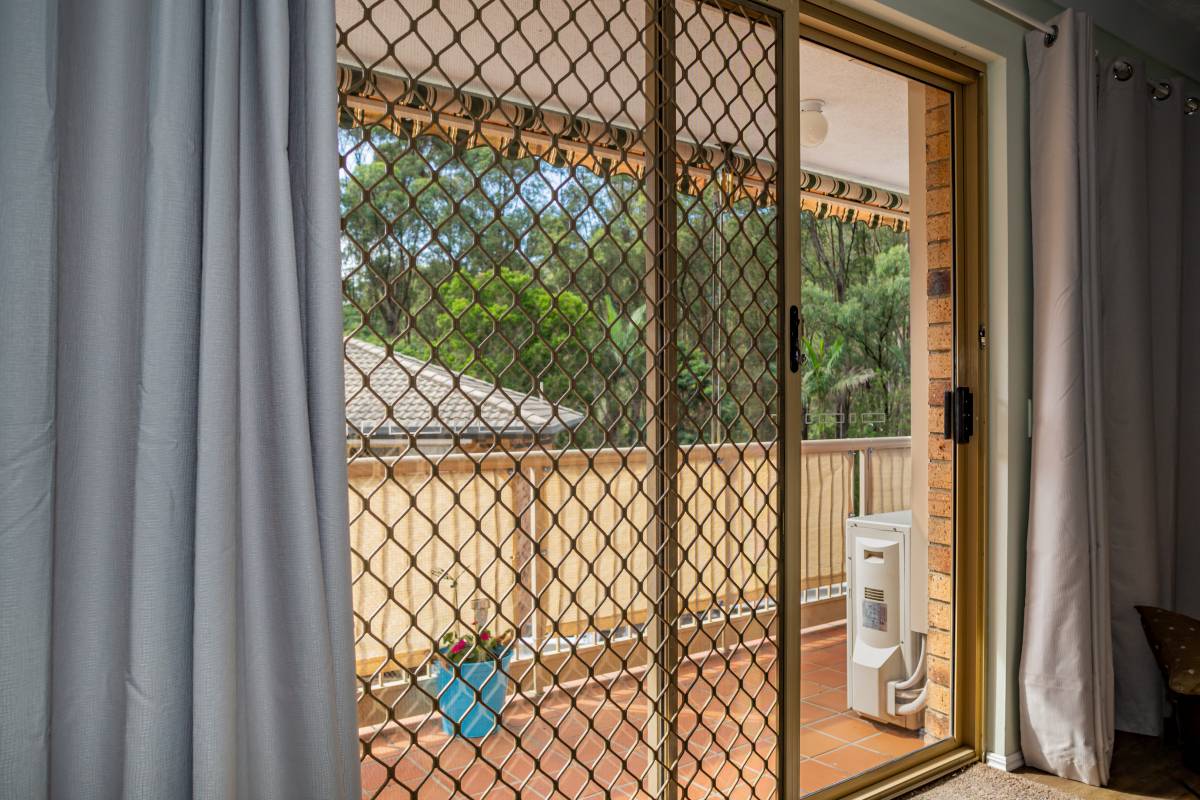
Install a screen door in 6 steps
Read more
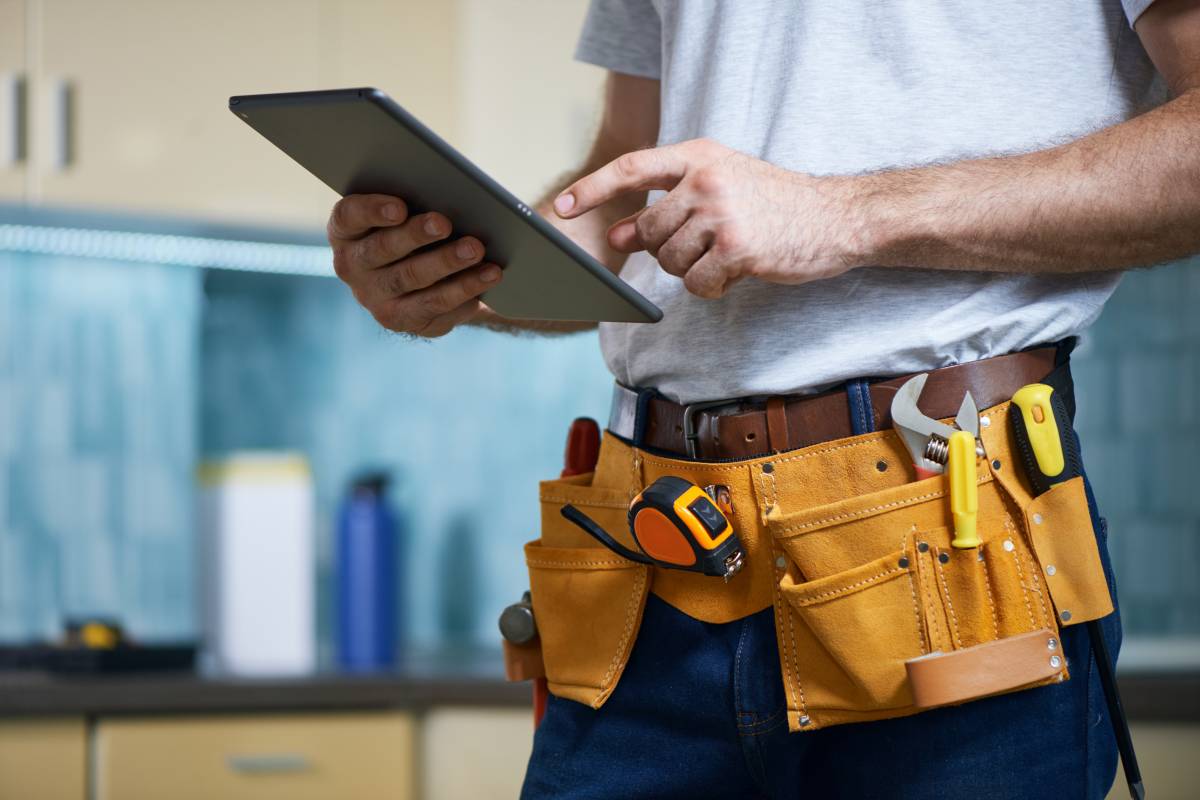
How much can you earn as a handyperson?
Read more
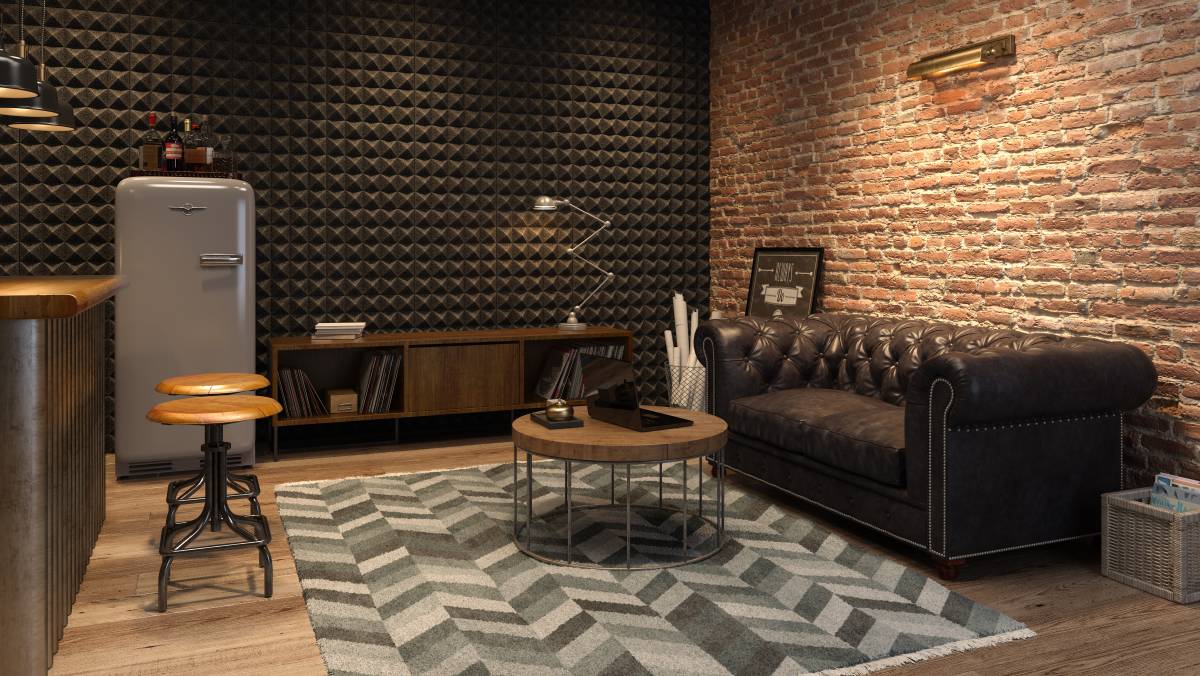
How to Soundproof a Room
Read more

30 Lovely pantry door ideas
Read more
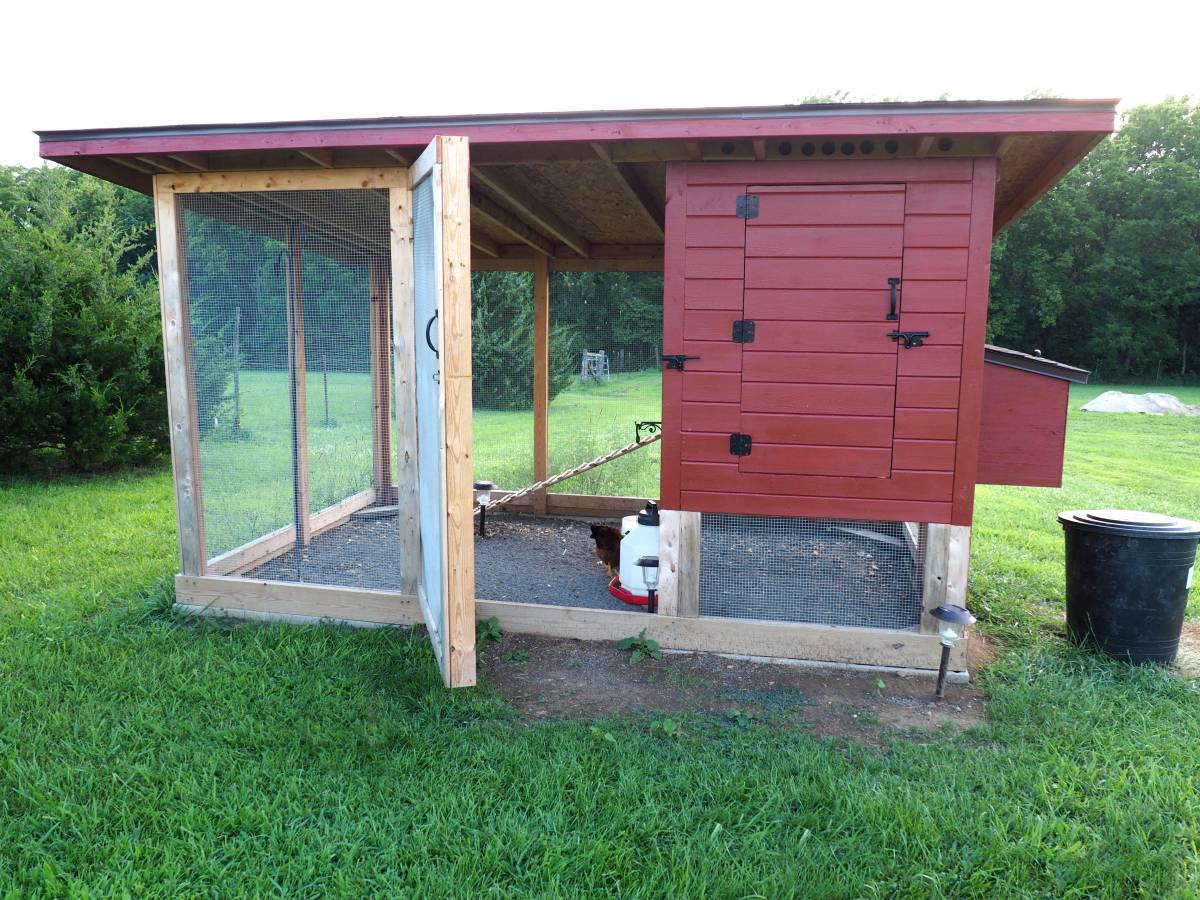
How to fox proof your chicken coop
Read more
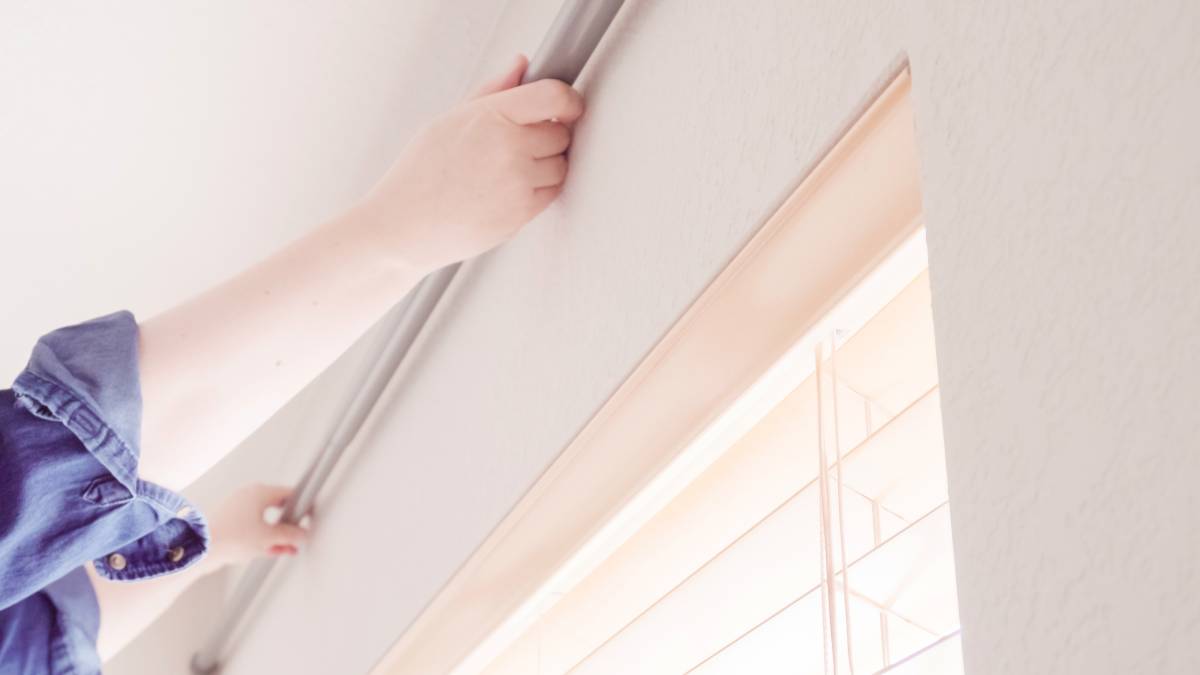
How to install curtain rods
Read more
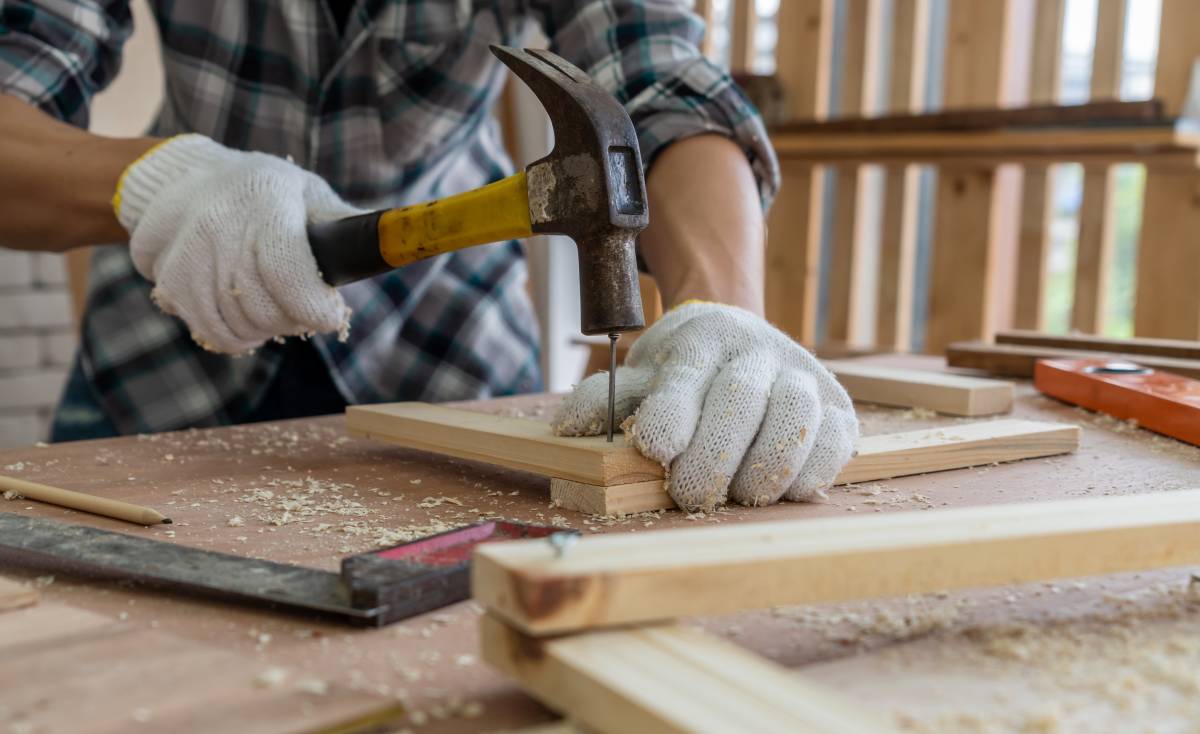
Best blue-collar jobs on Airtasker
Read more
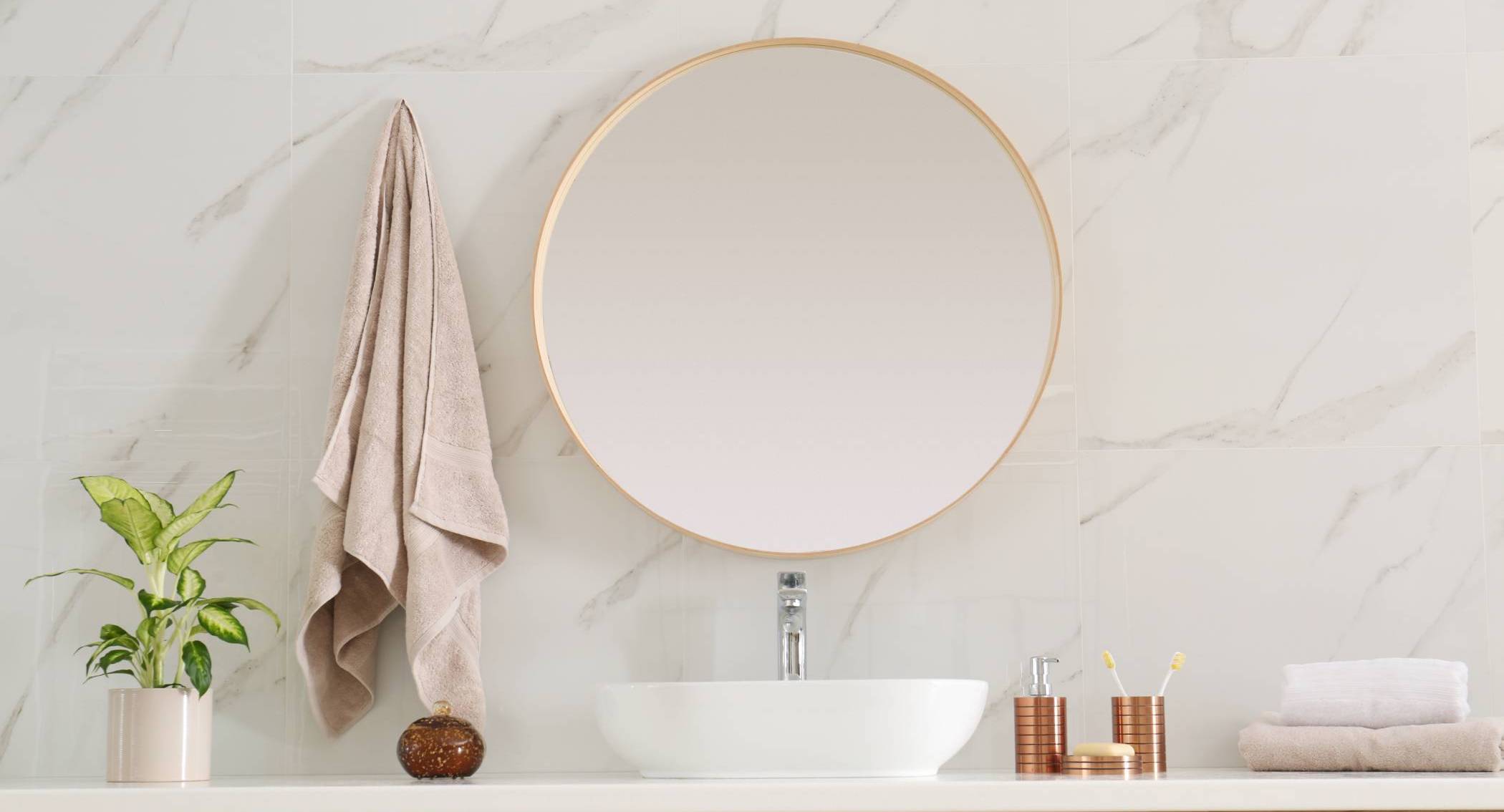
Learn how to cut a mirror in 7 steps
Read more
Related price guides

How much does clock repair cost?
Read more
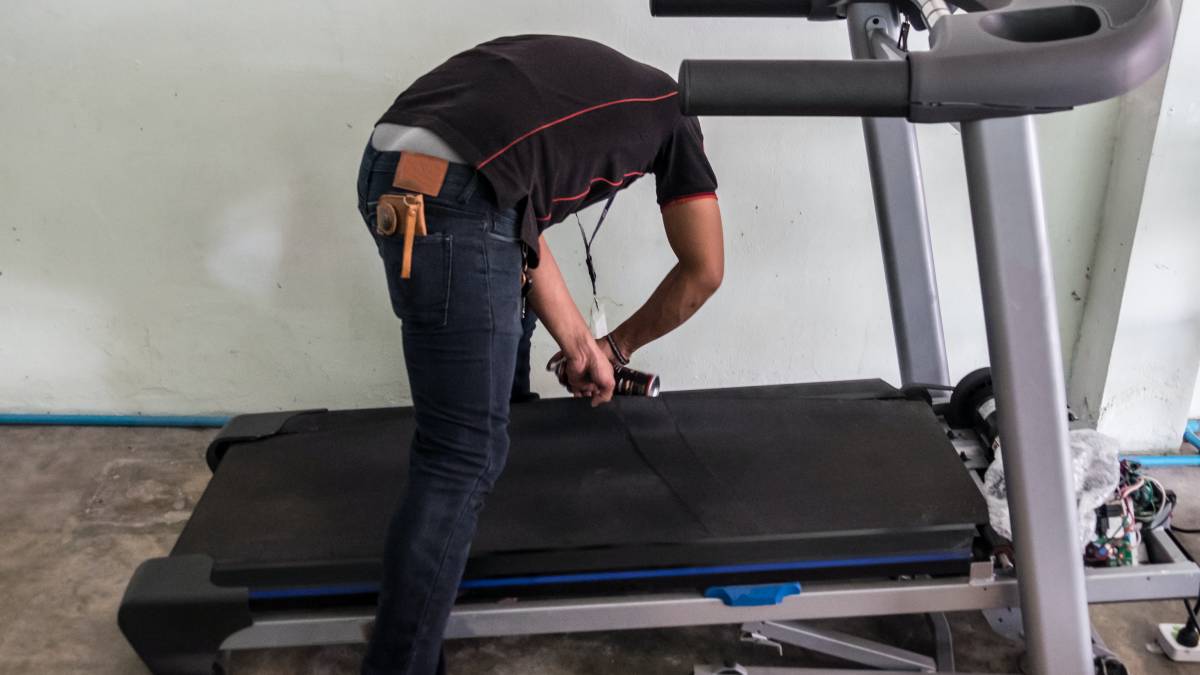
How much does treadmill repair cost?
Read more
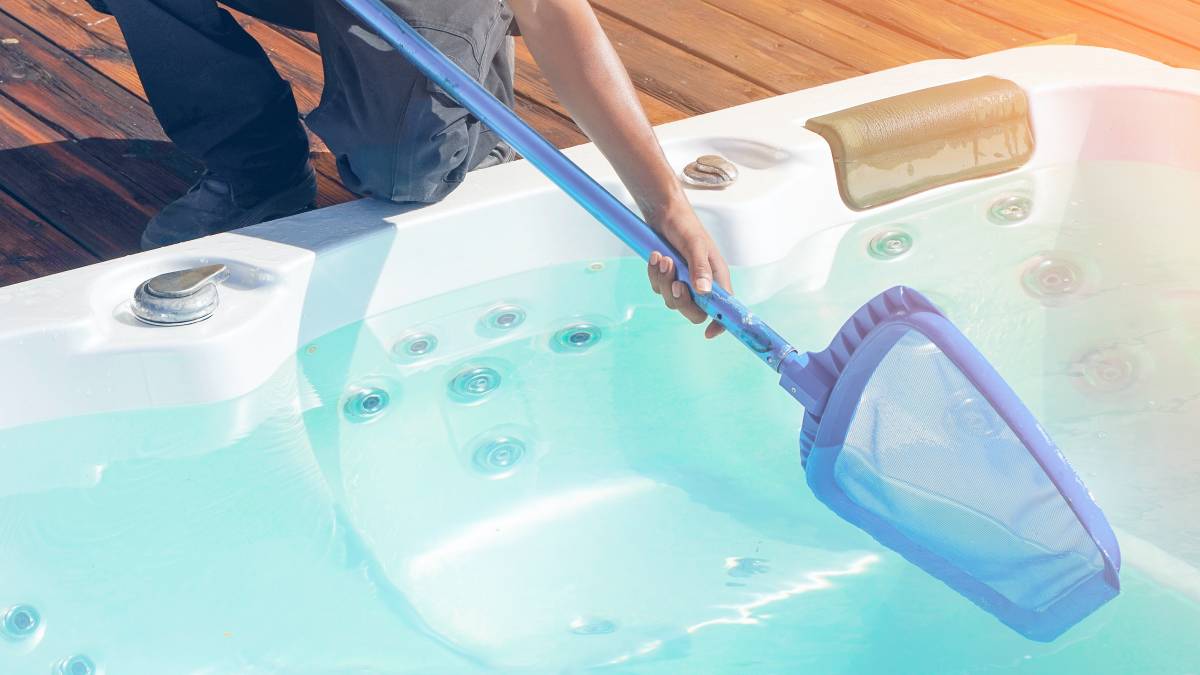
How much does hot tub repair cost?
Read more

How much does signage cost?
Read more
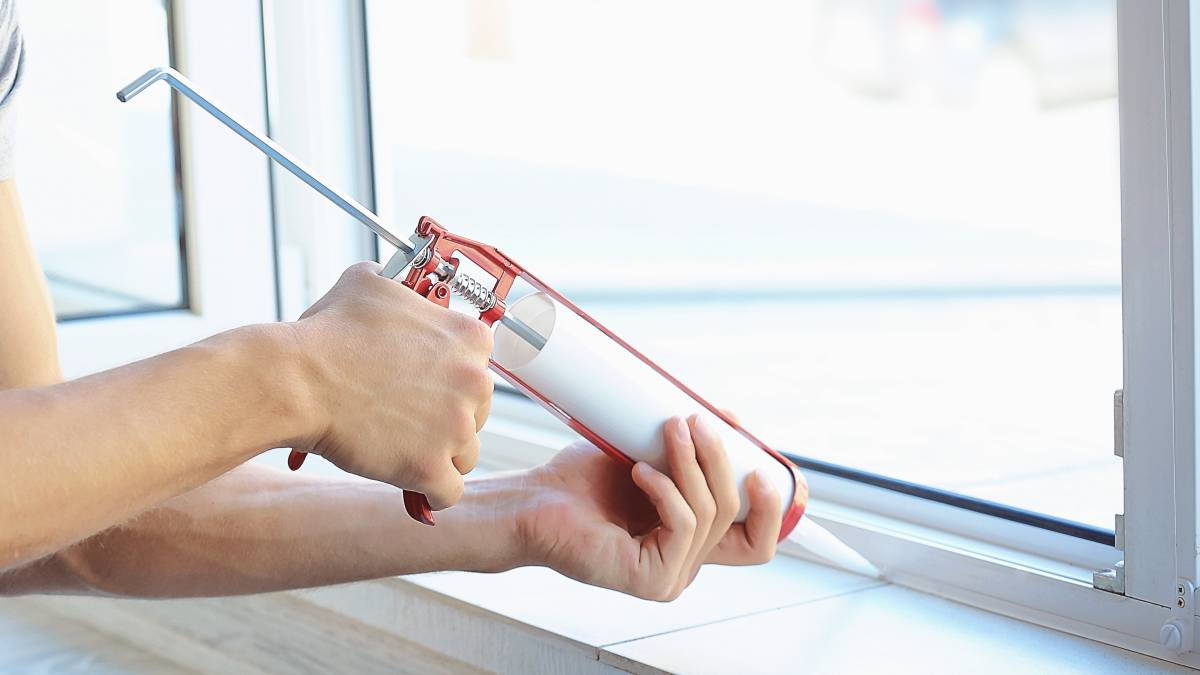
How much does window repair cost?
Read more

How much does awning repair cost?
Read more

How much do chainsaw services cost?
Read more

